In the early decades of the 20th century, Brighton Beach was a popular and respectable seaside resort, a place where New York’s middle class could escape the summer heat of the city. Connected to the metropolis by a fast and efficient train line, it offered a more refined and family-oriented atmosphere than its famously chaotic neighbor, Coney Island. The resort was defined by its grand hotel, its popular horse racing track, and its large music hall.
The social and physical center of the resort was the massive Brighton Beach Hotel. This enormous wooden structure, with its long, shaded verandas stretching for hundreds of feet, faced directly onto the ocean. The hotel was famous for an incredible feat of engineering in 1888 when it was physically moved inland several hundred feet on railroad tracks to save it from beach erosion. Throughout the early 1900s, it catered to a prosperous clientele, offering luxurious rooms, fine dining, and grand balls in its ballroom. Guests would sit in rocking chairs on the verandas, enjoying the cool ocean breezes.
The primary way for visitors to reach the resort was via the Brighton Beach Line, a railroad that ran directly from downtown Brooklyn and offered connections from Manhattan. The train terminated right at the resort, making it an easy day trip for thousands of city dwellers. On a hot summer weekend, the trains would be packed with families heading to the shore.
Read more
For many years, the main attraction besides the beach itself was the Brighton Beach Race Track, a major horse racing venue located just behind the hotel. The racetrack drew large crowds of spectators and gamblers throughout the racing season. The track was forced to close around 1908 after new state laws banned gambling on horse races.
Entertainment was also provided at the Brighton Beach Music Hall, sometimes called the Brighton Casino. This large theater hosted popular light entertainment suited for a summer audience. It presented musical comedies, operettas by composers like Victor Herbert, and high-class vaudeville acts. It was considered a more sophisticated alternative to the raucous shows and cheap amusements offered a short walk away in Coney Island. The main activity for most visitors, however, was simply promenading along the boardwalk, relaxing on the sand under a rented umbrella, and swimming in the Atlantic Ocean.


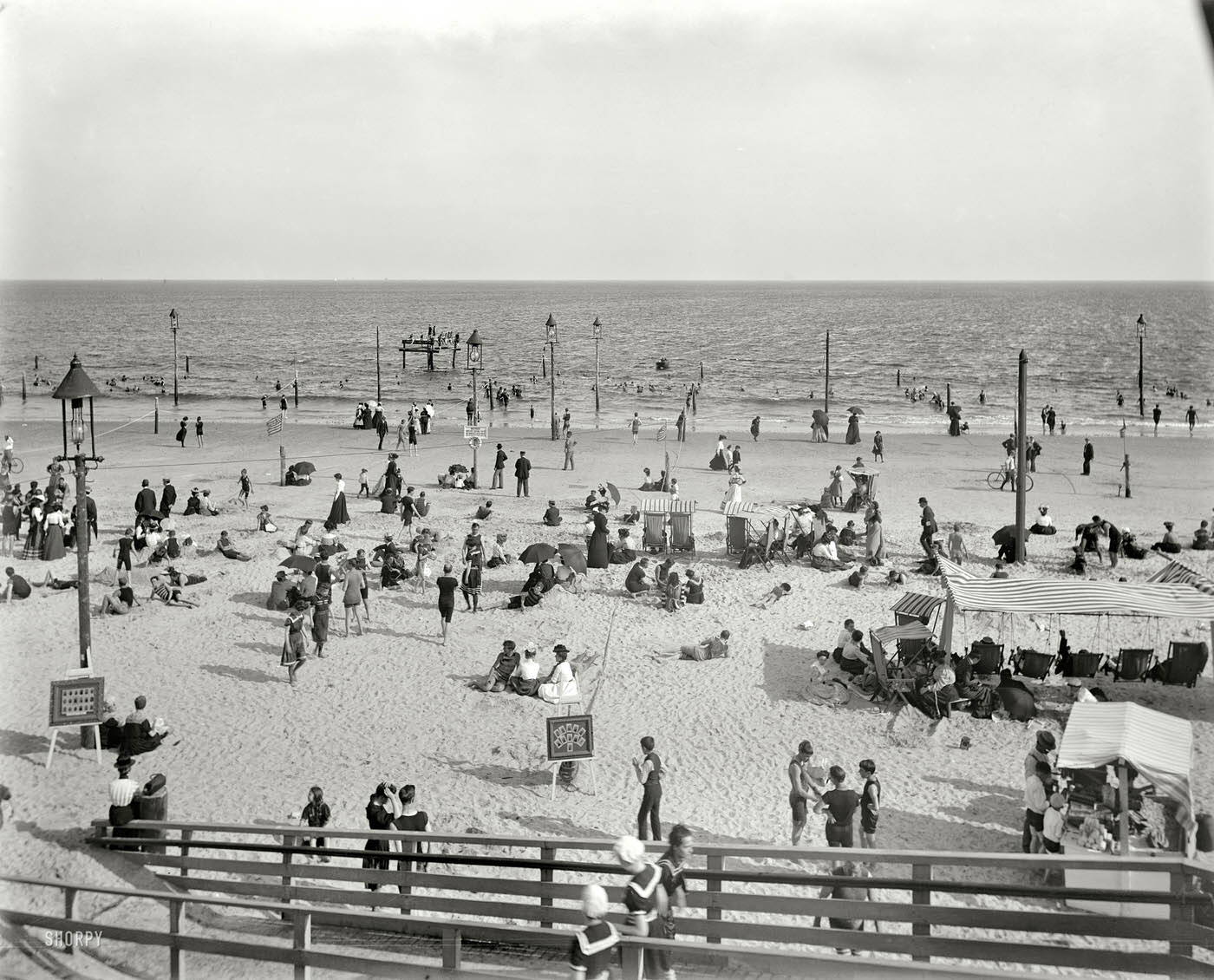

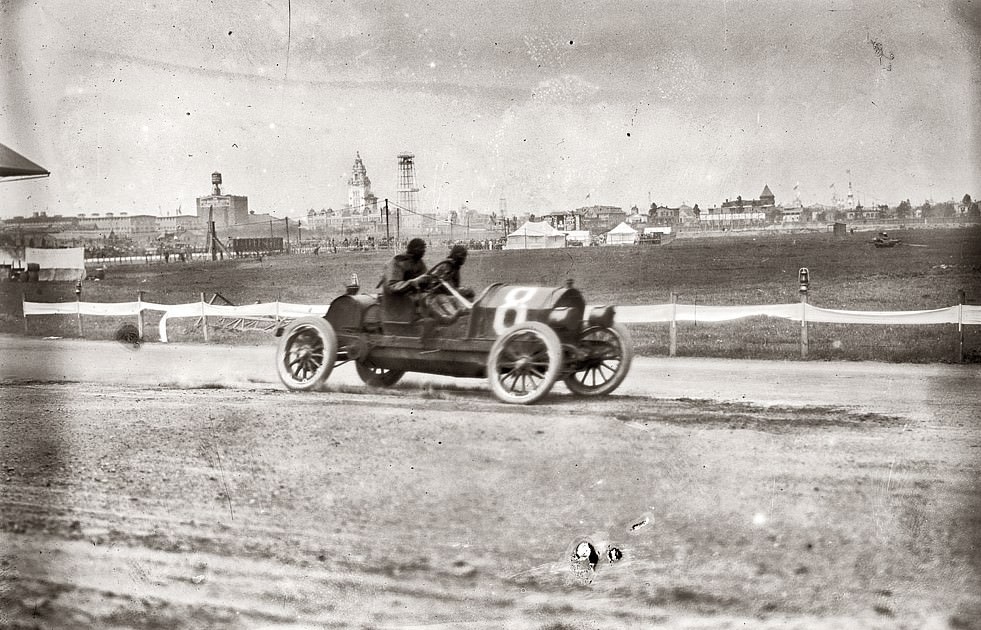
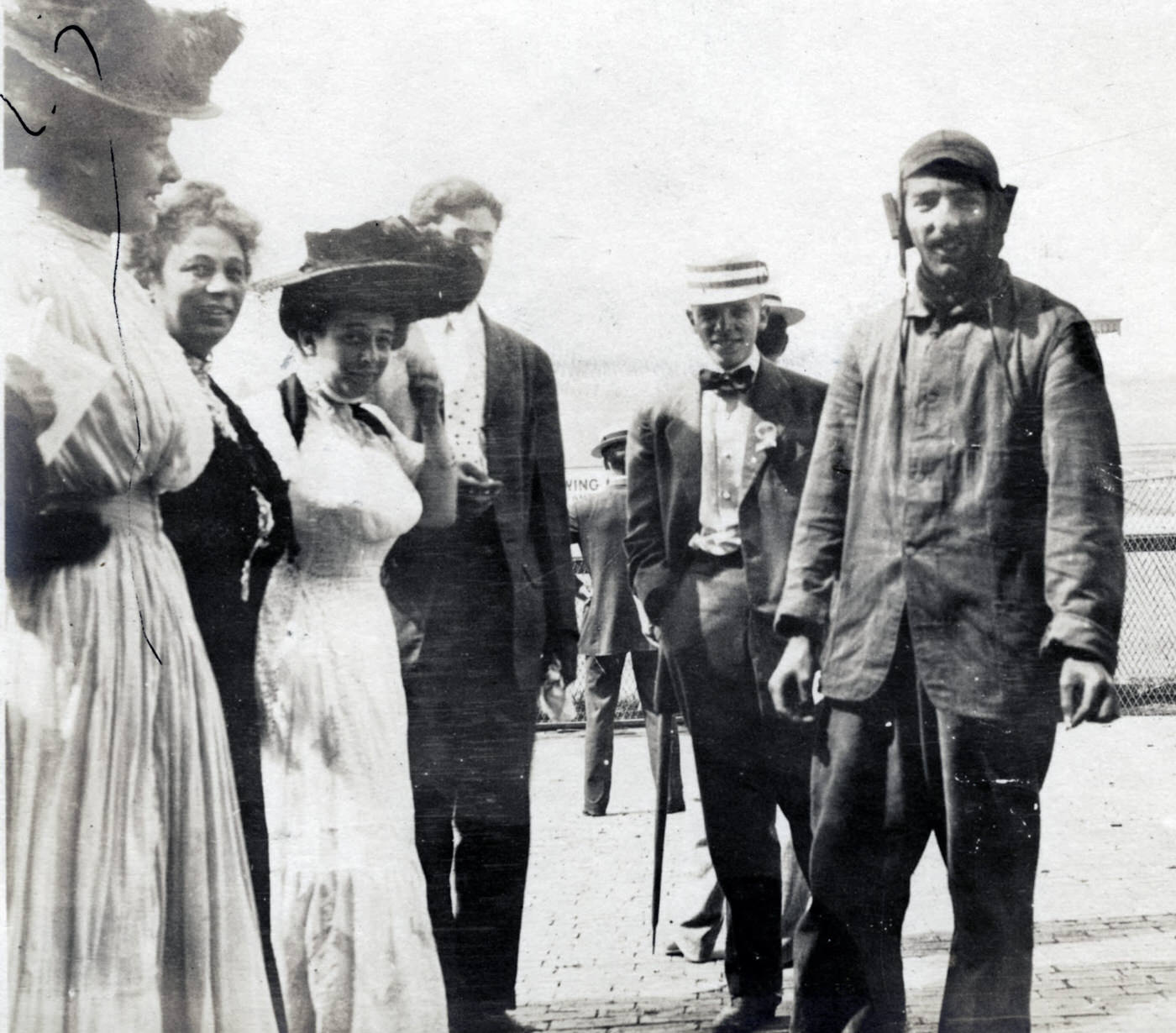
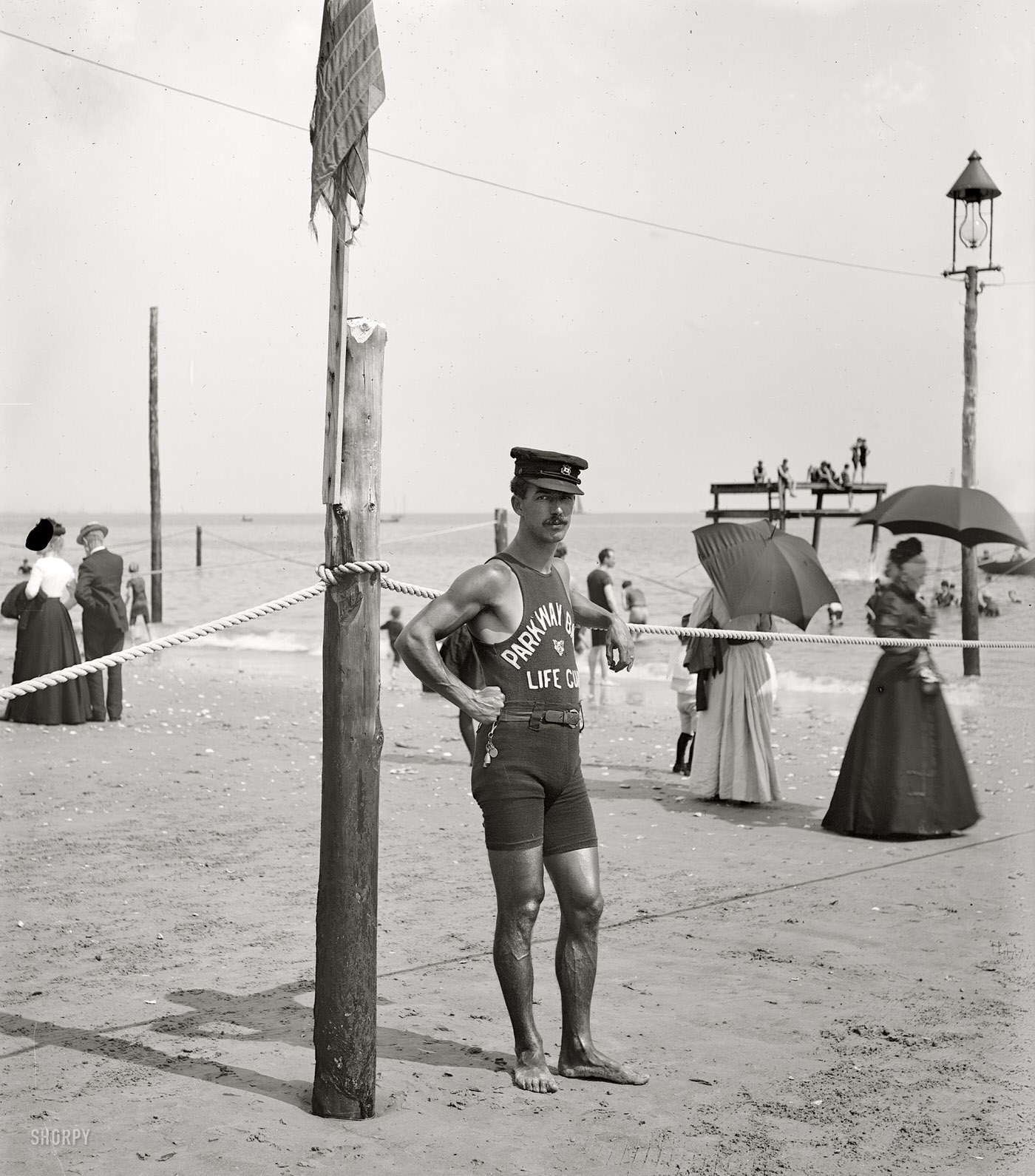

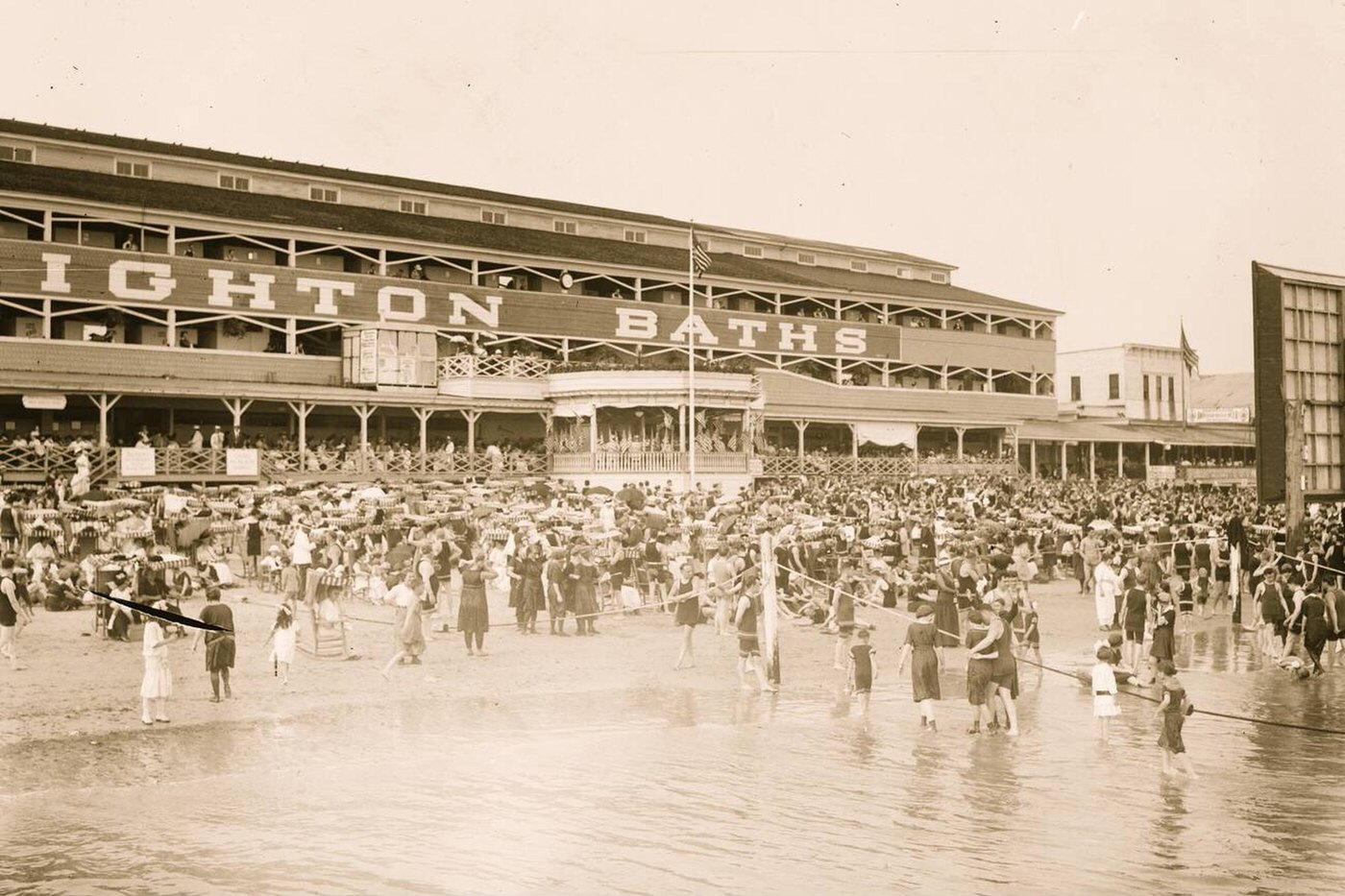
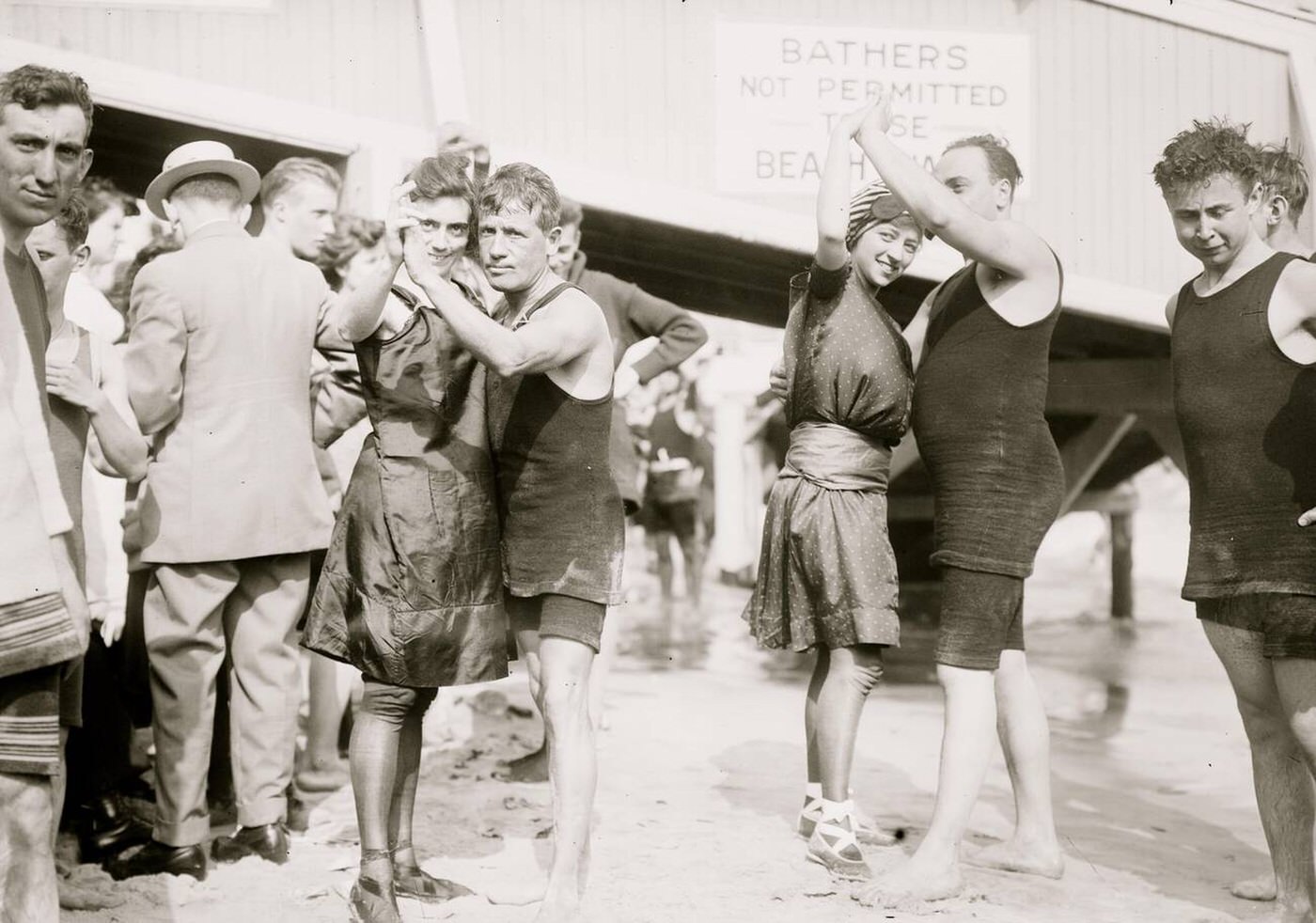
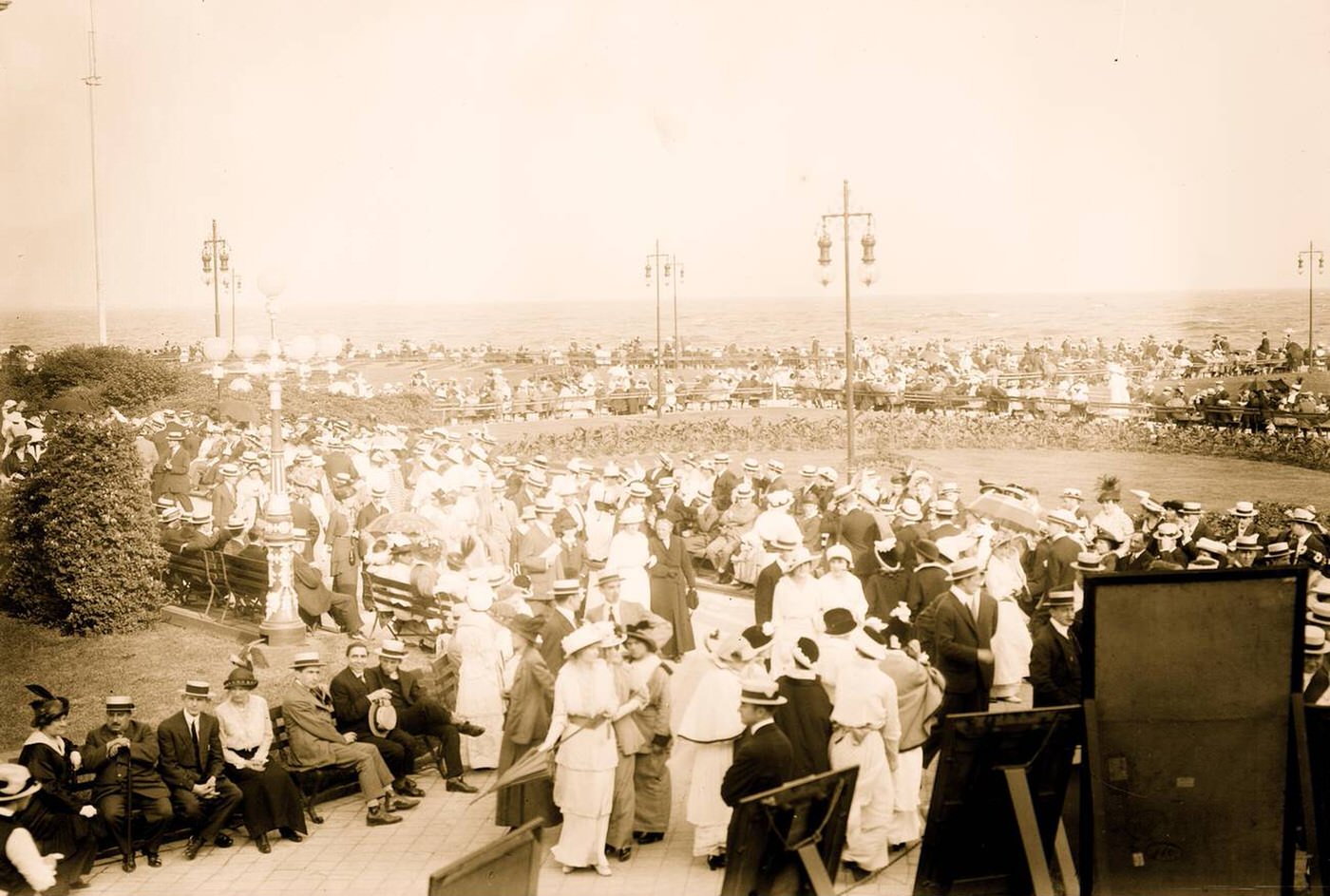
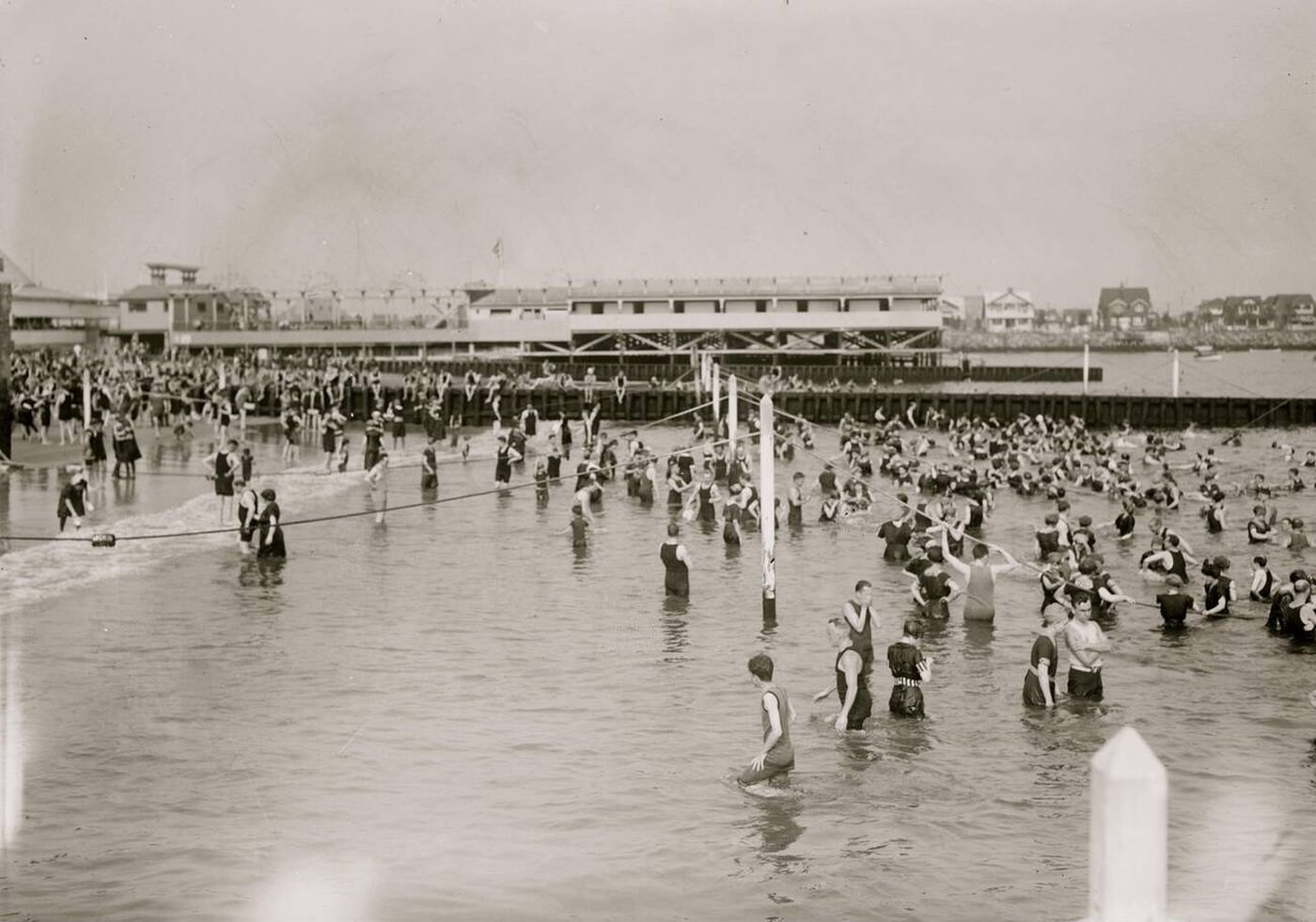
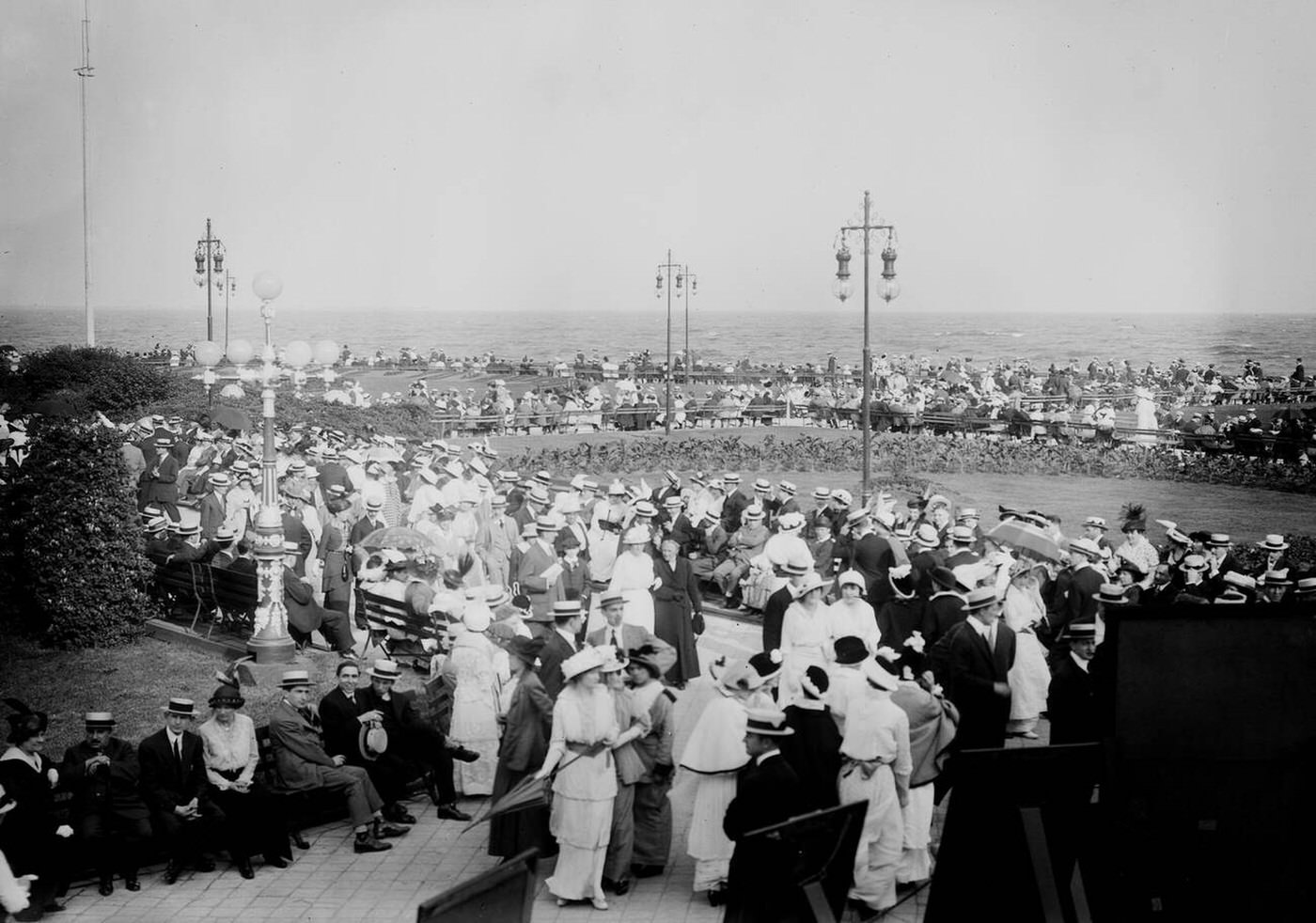
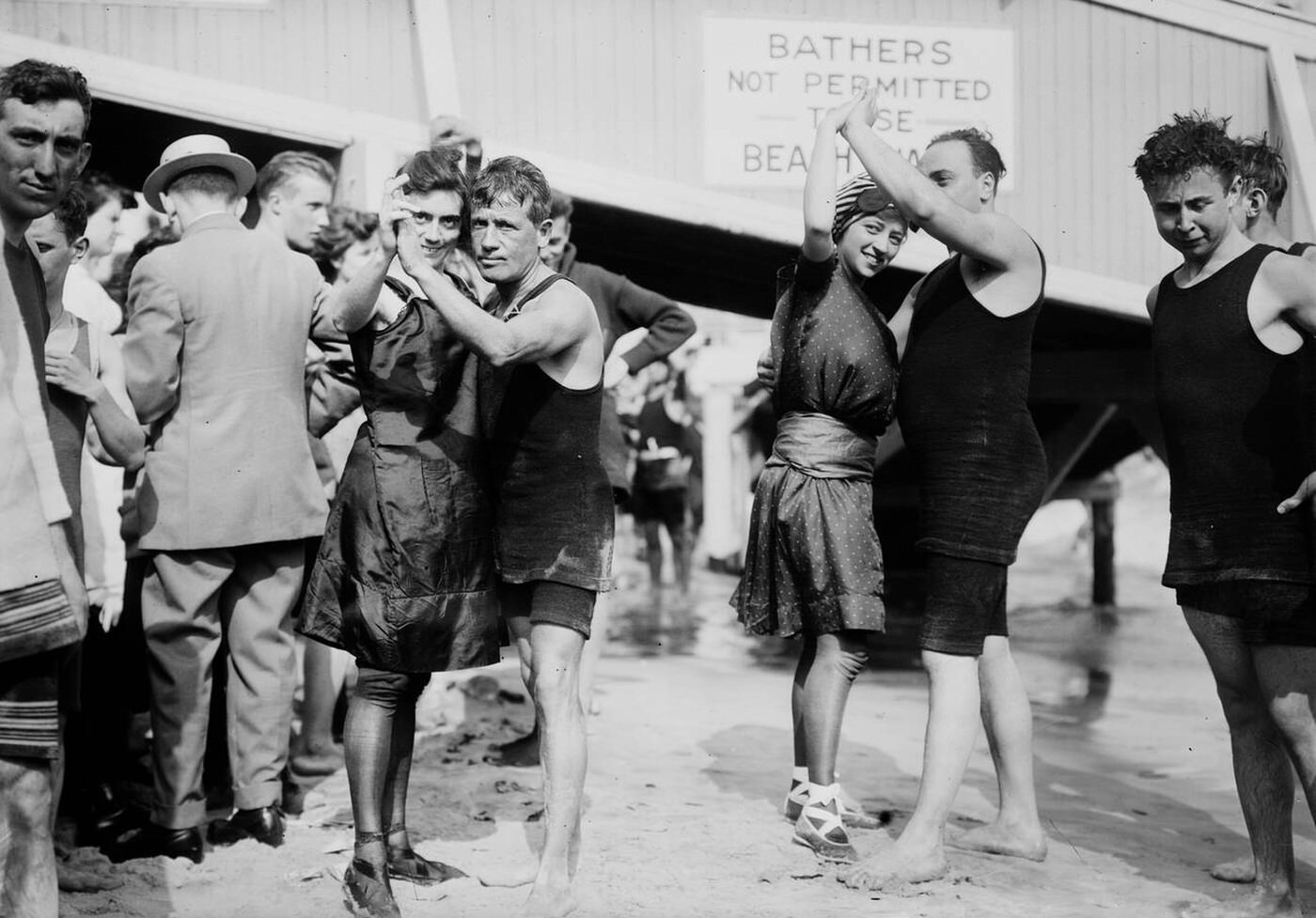
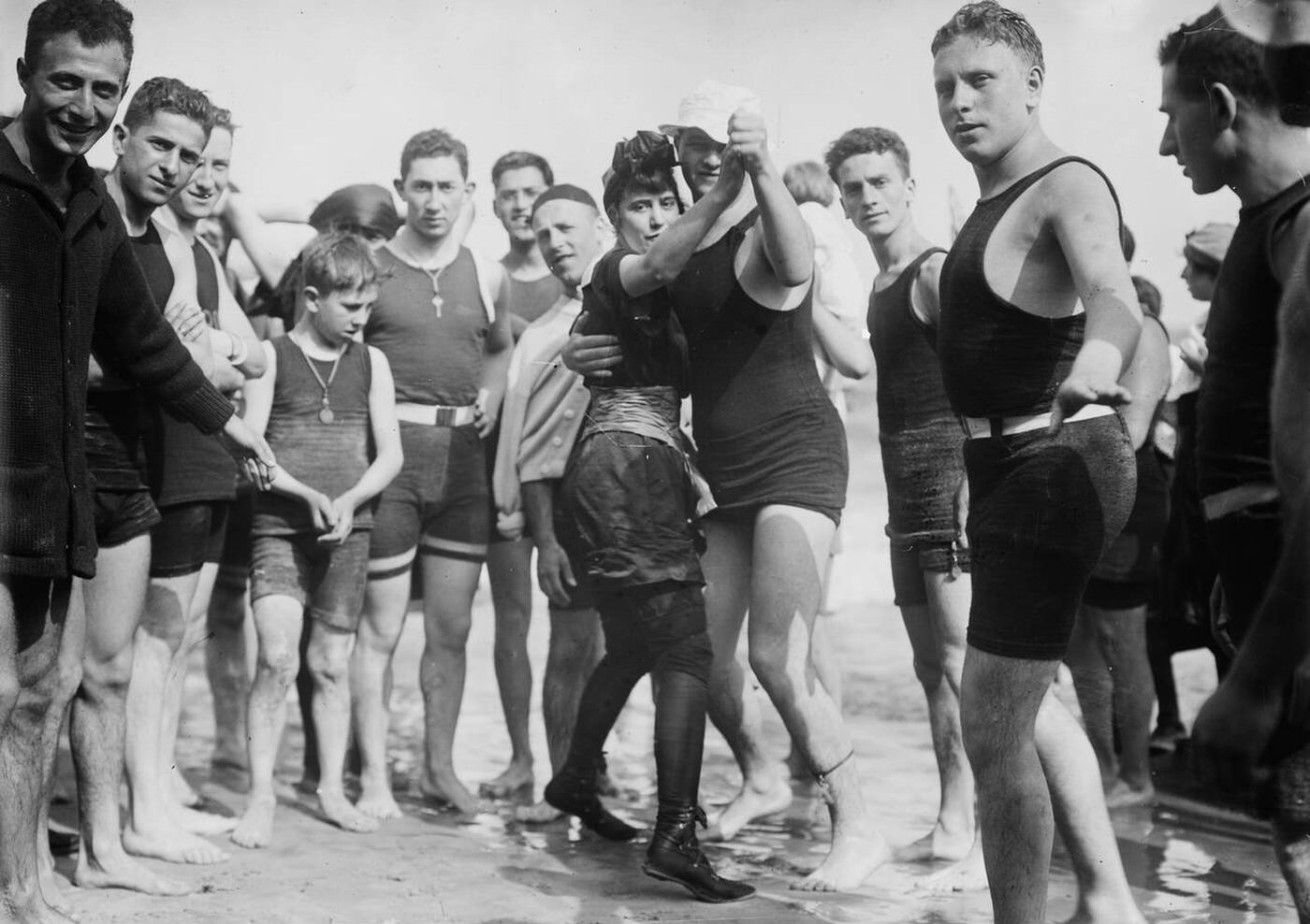
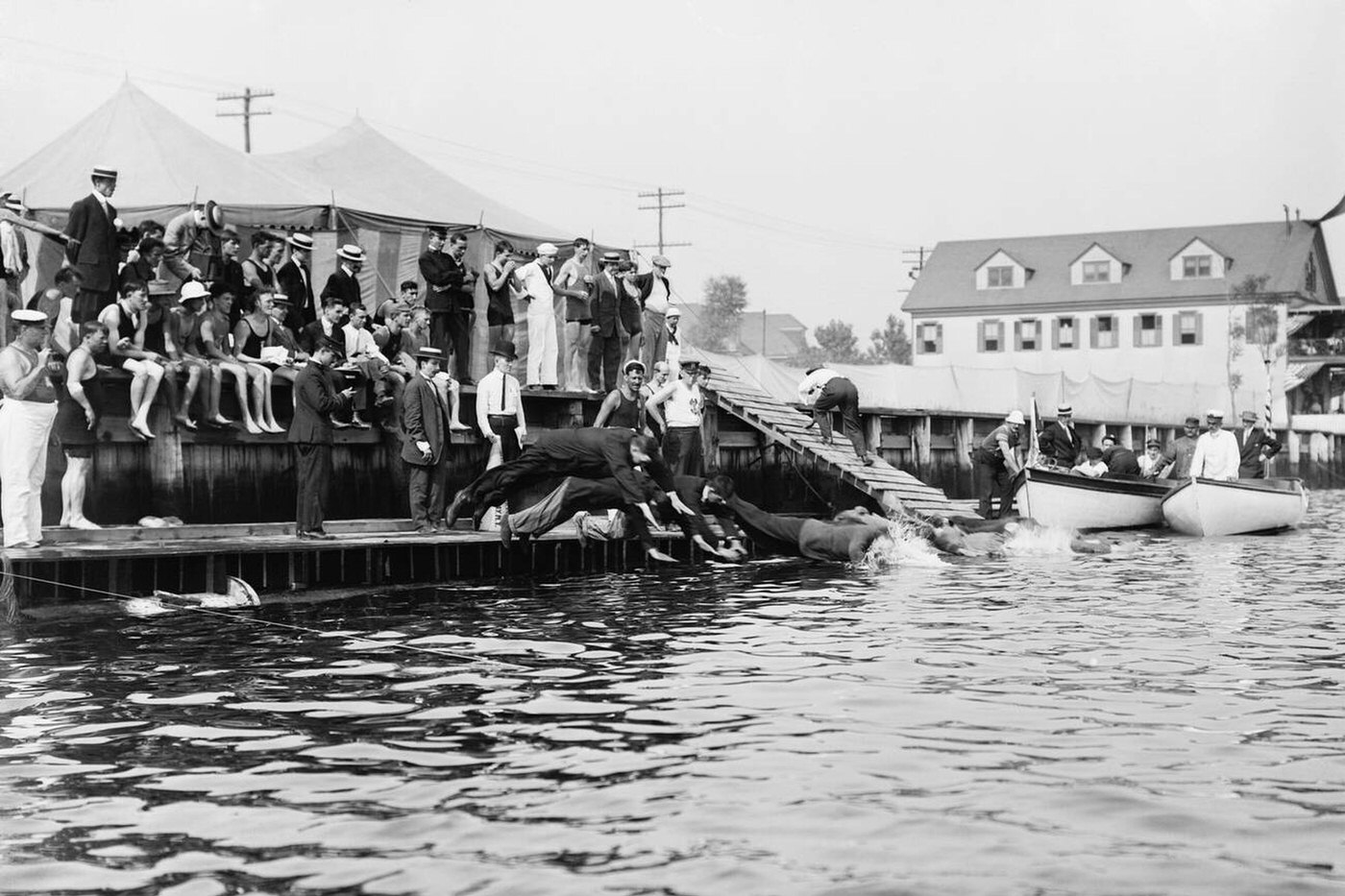
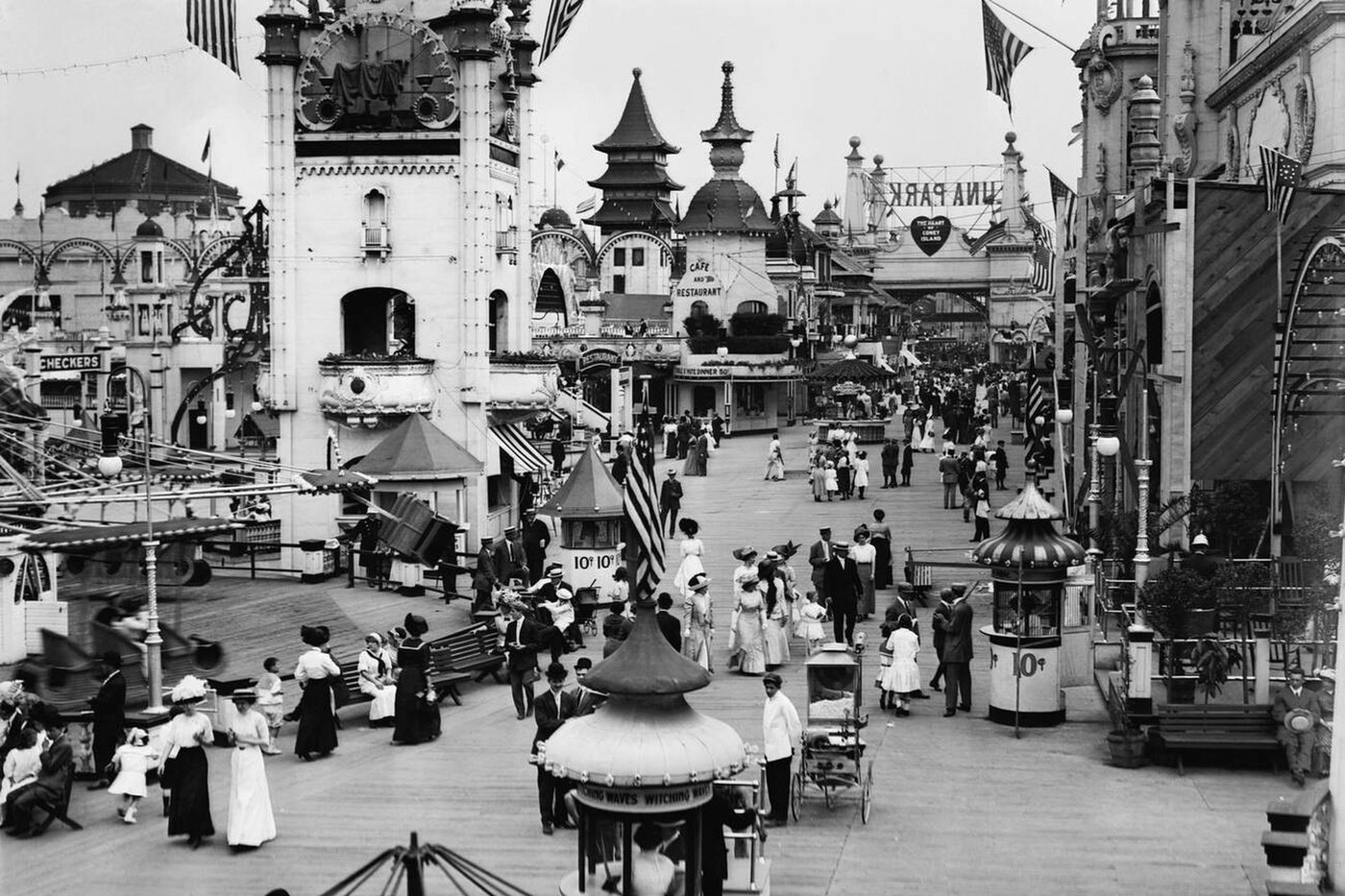
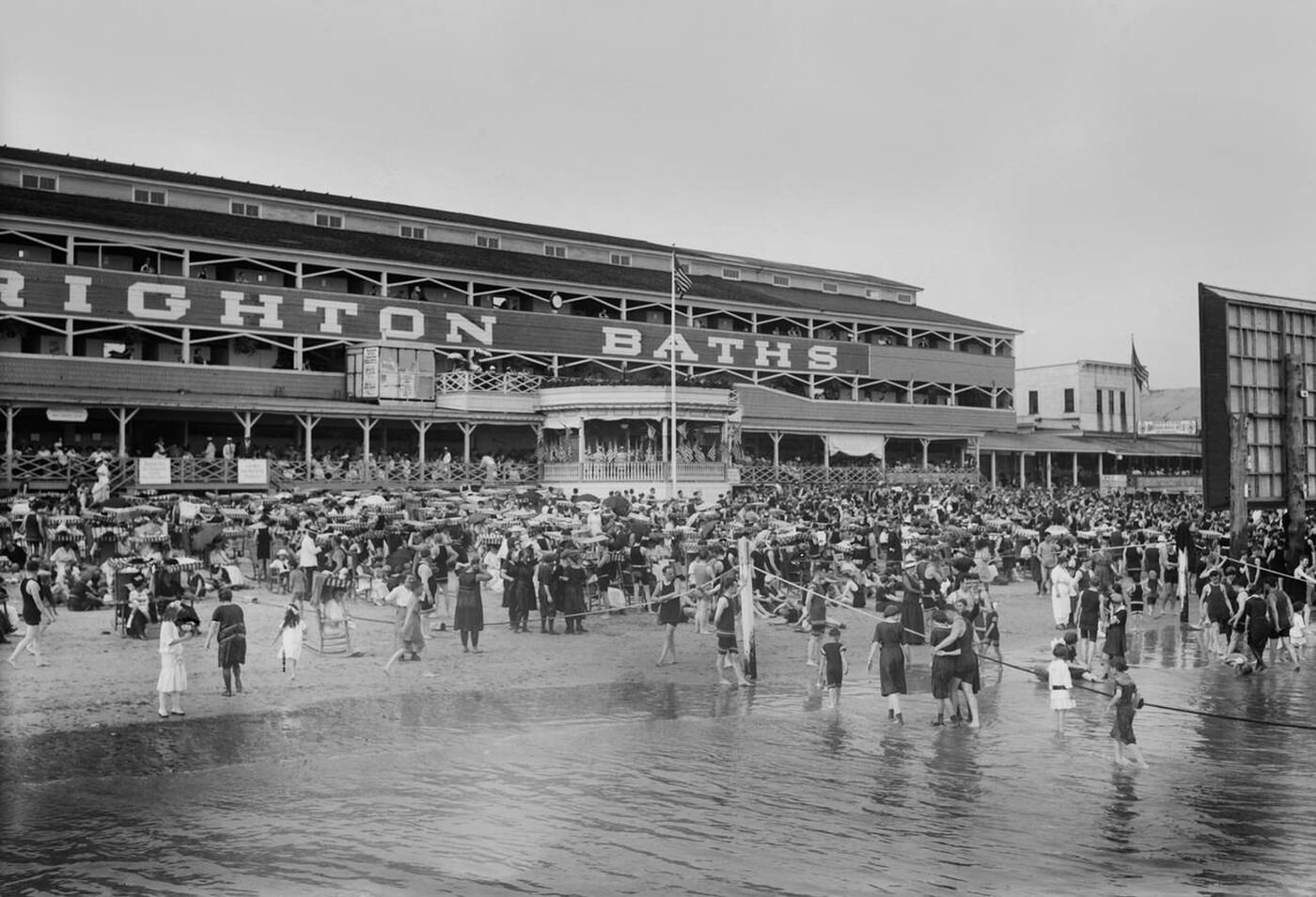
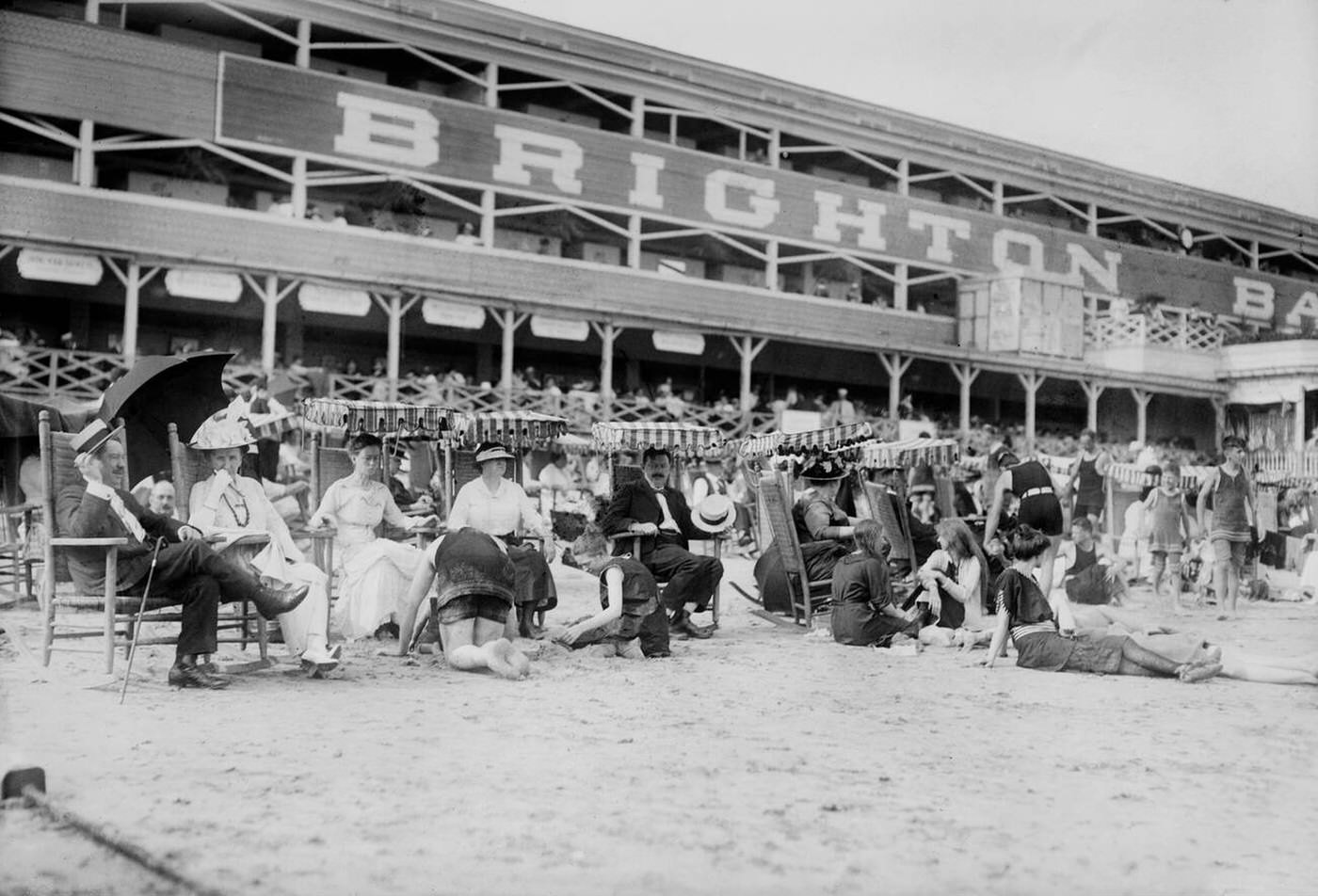
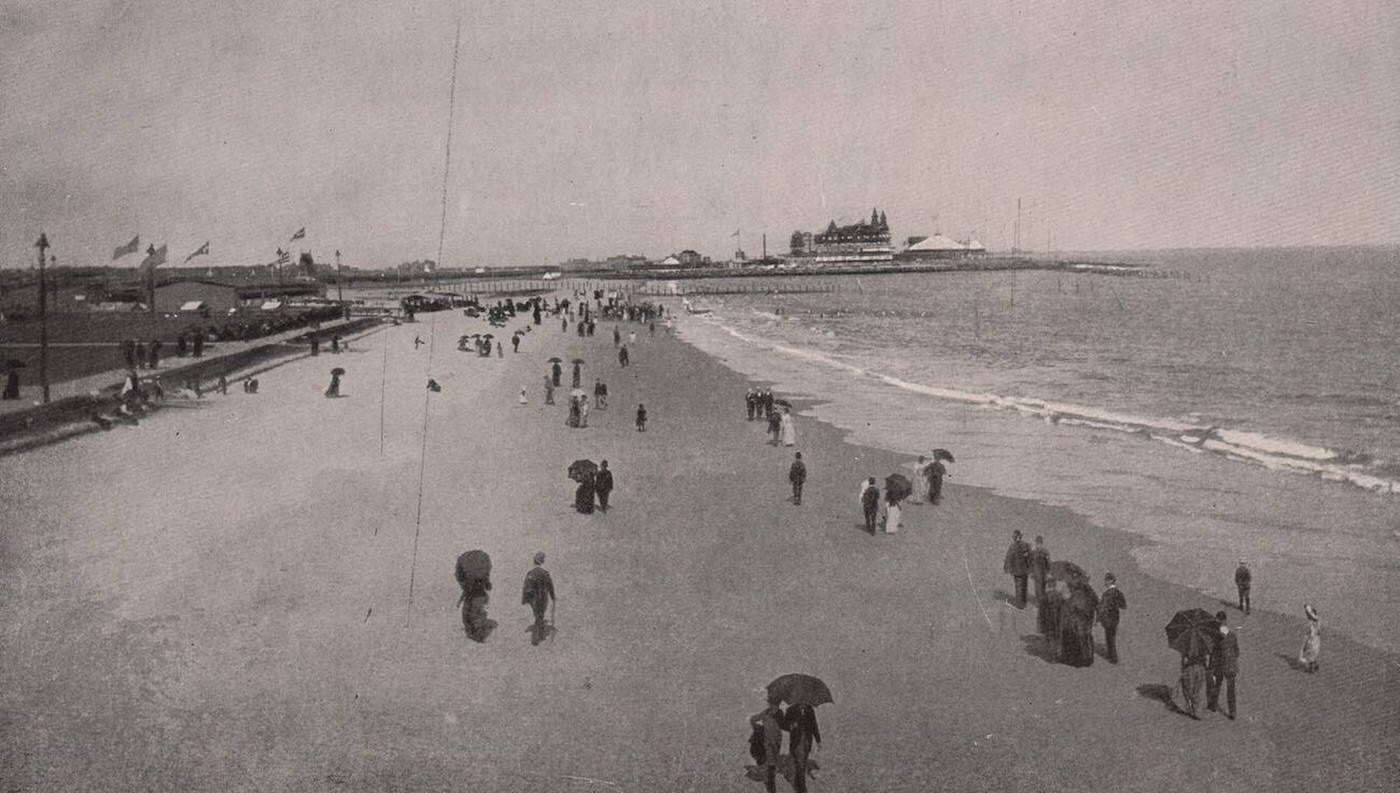
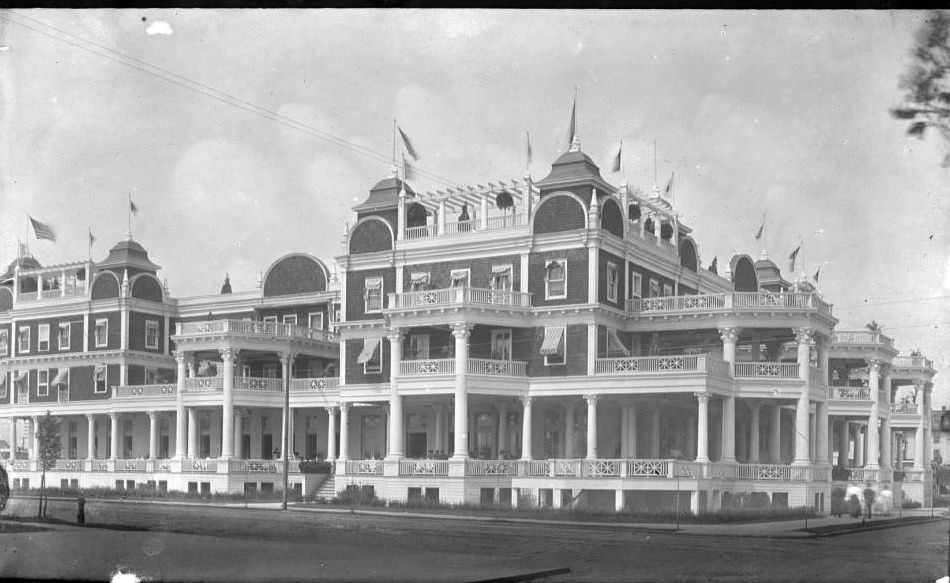
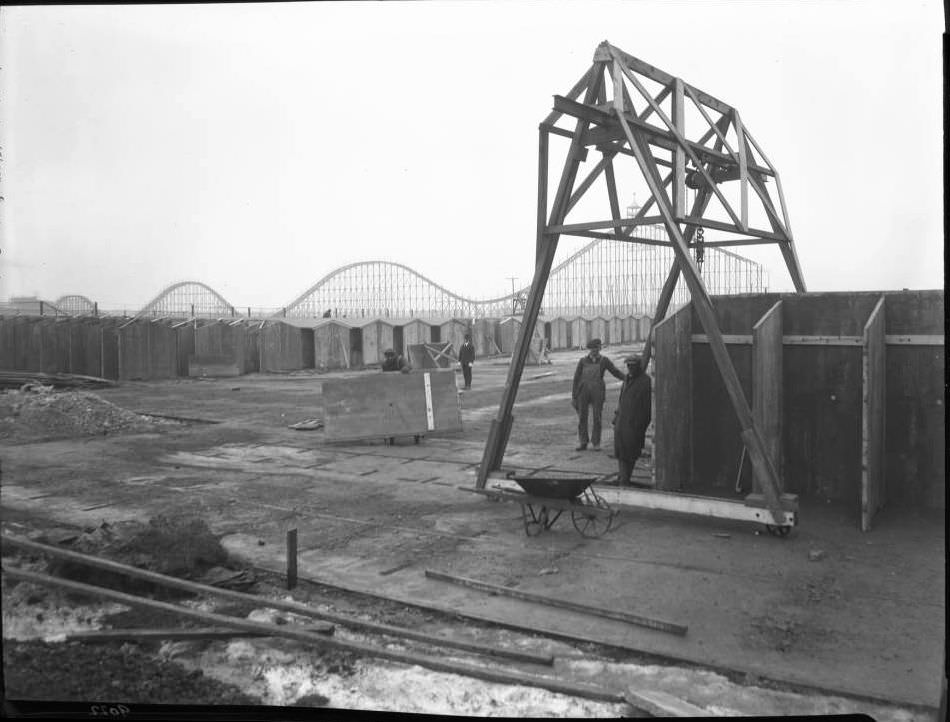
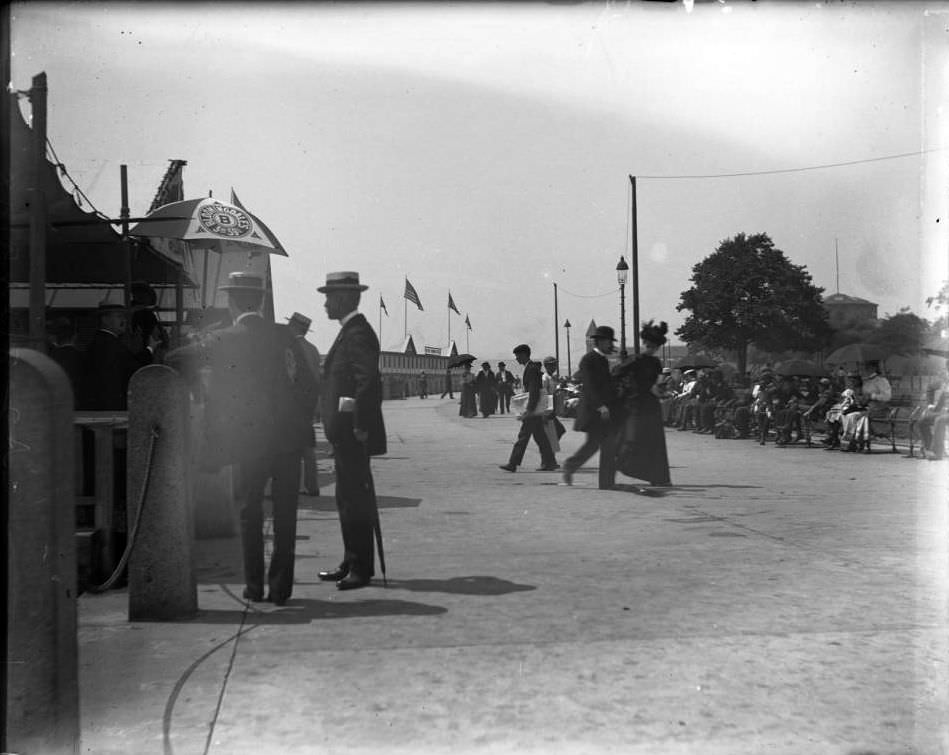
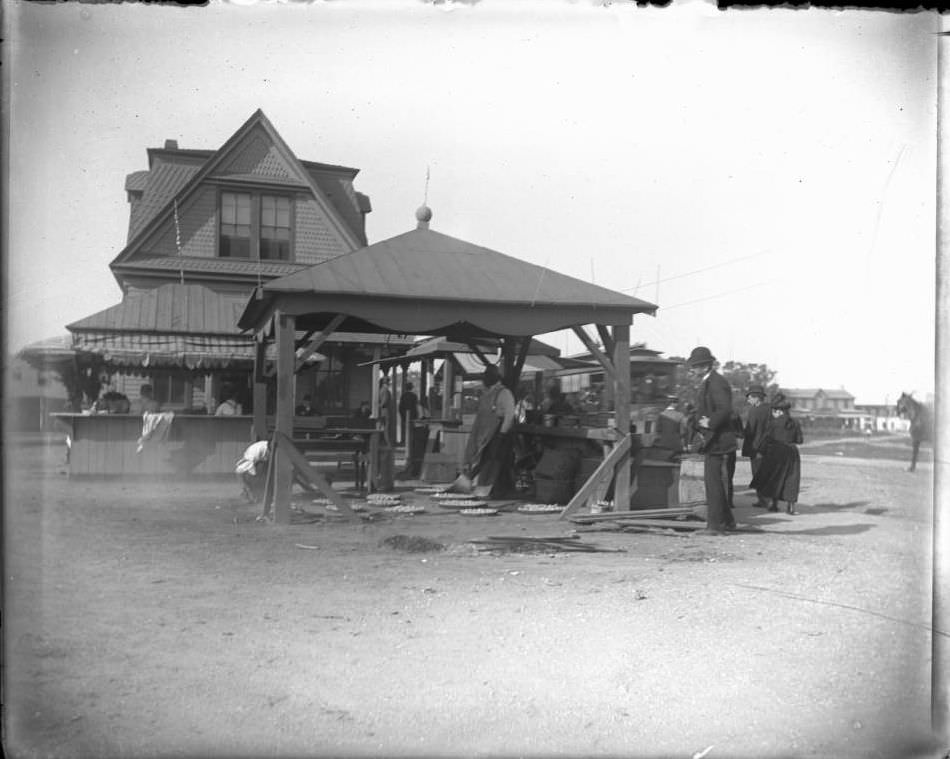
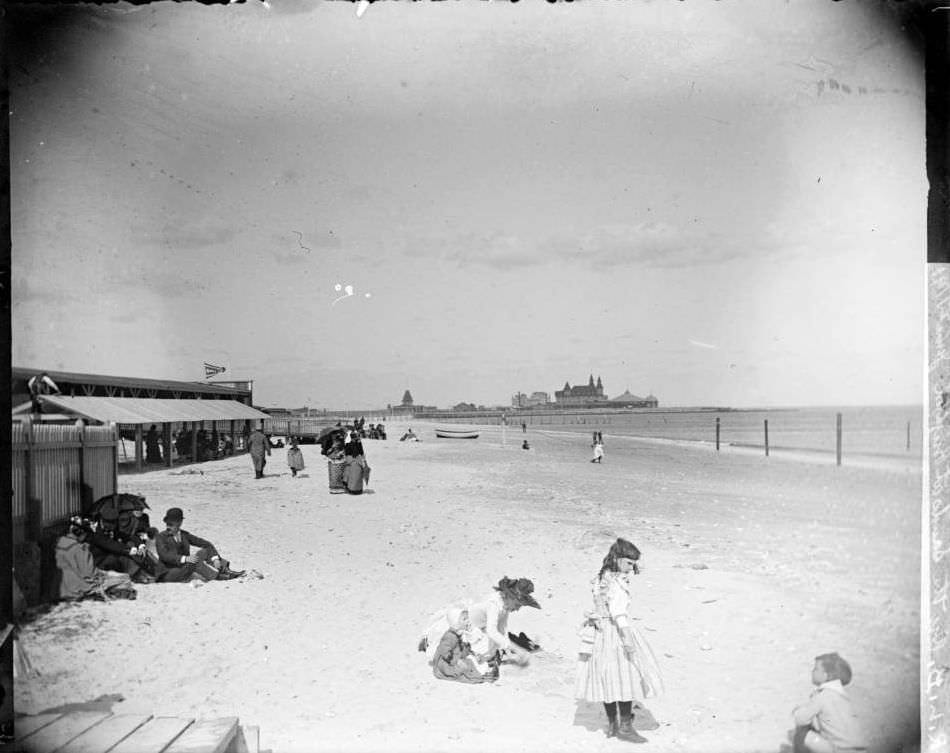
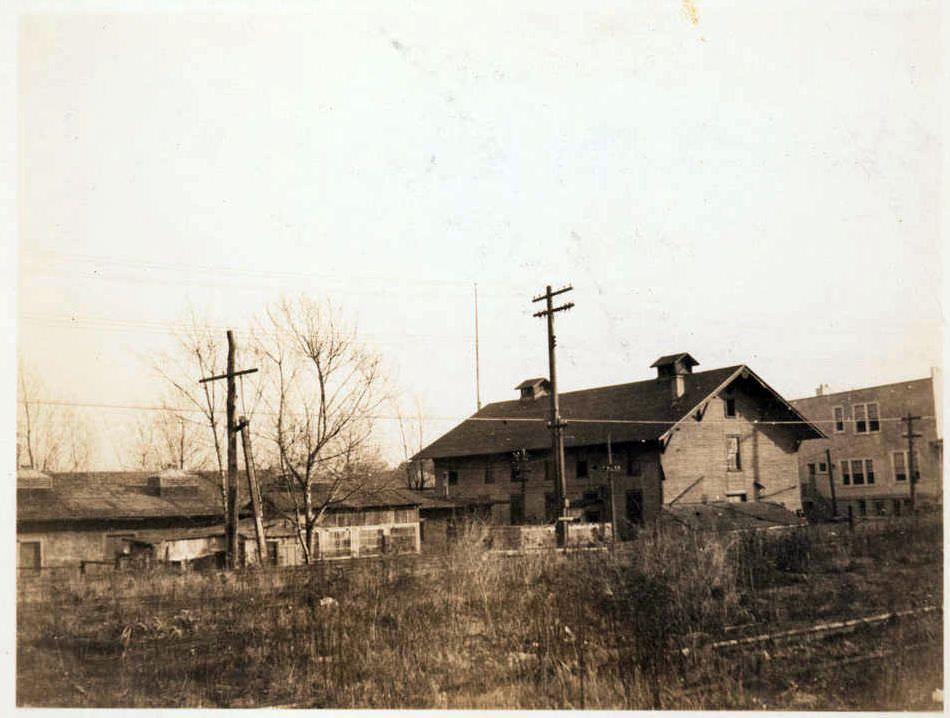
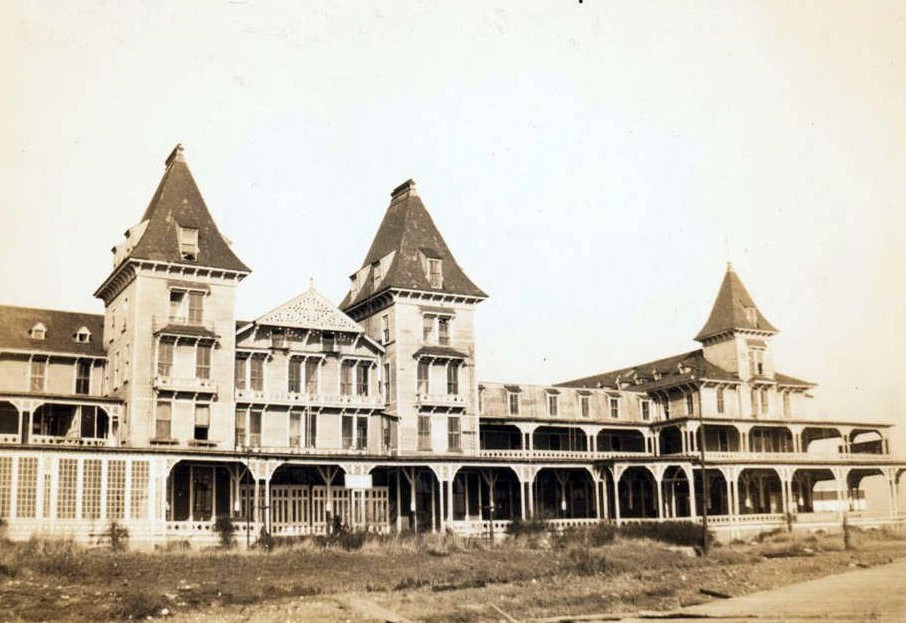
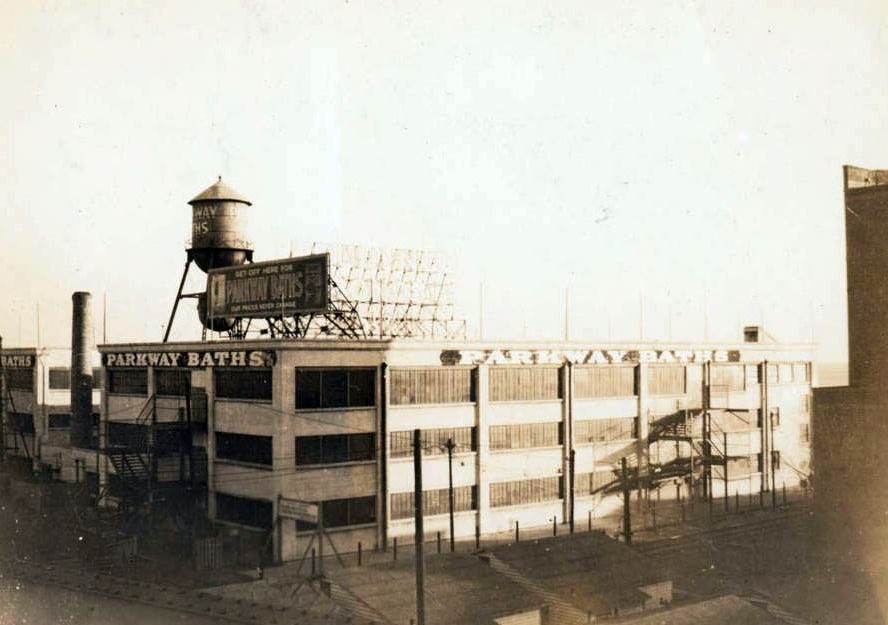
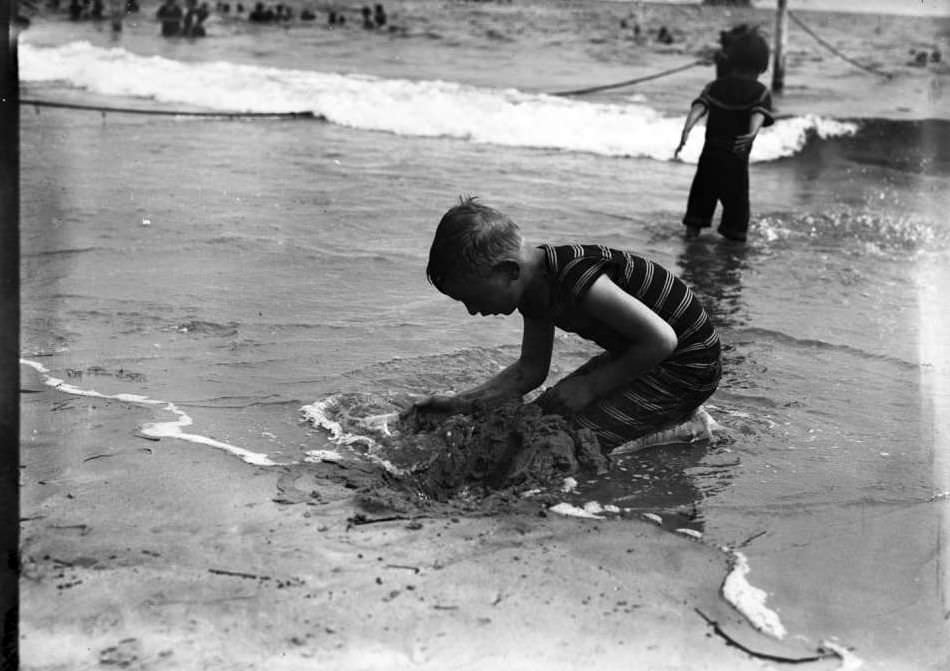
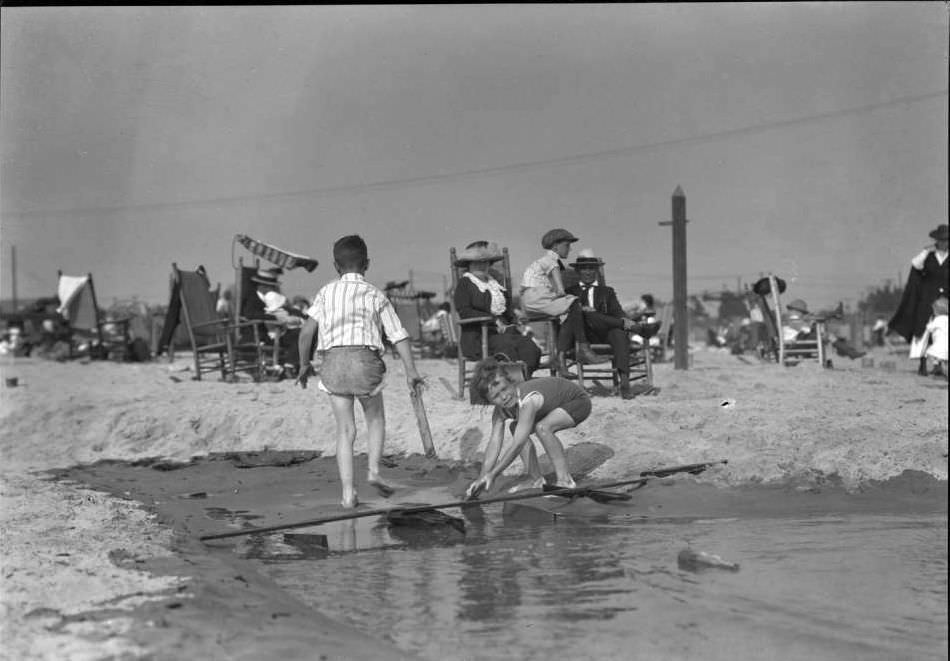
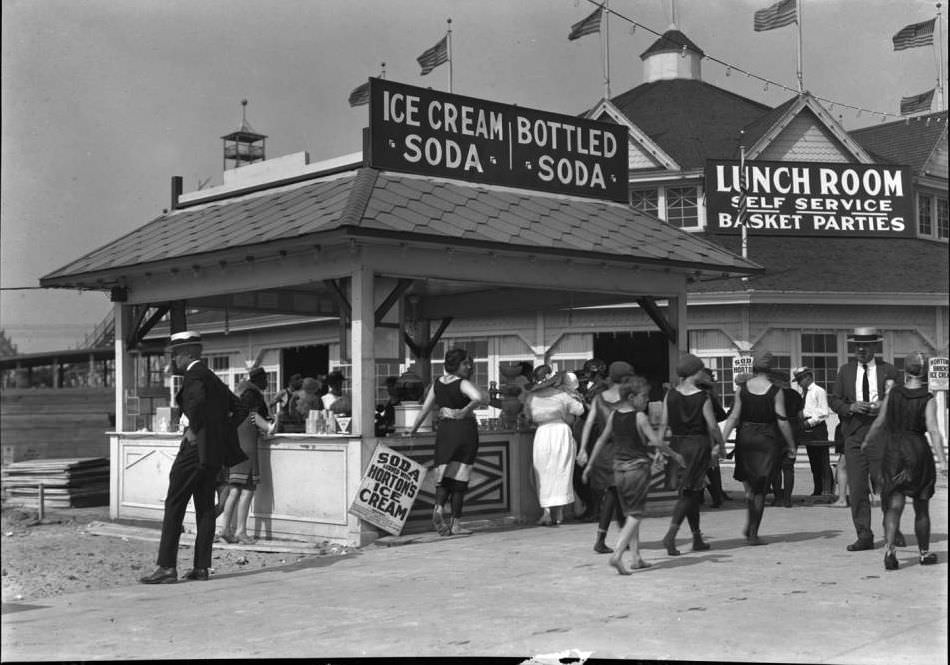
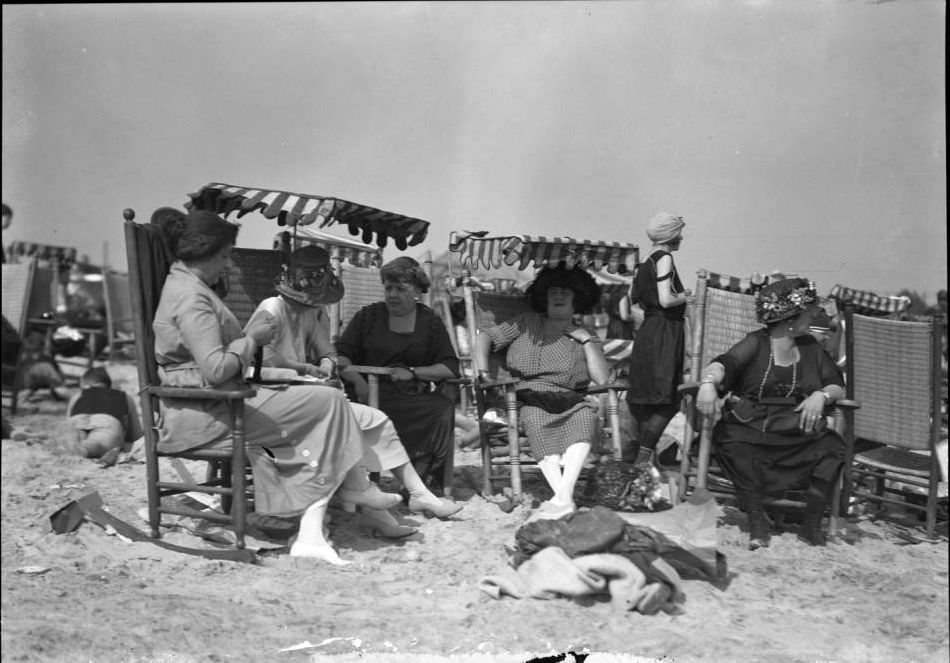
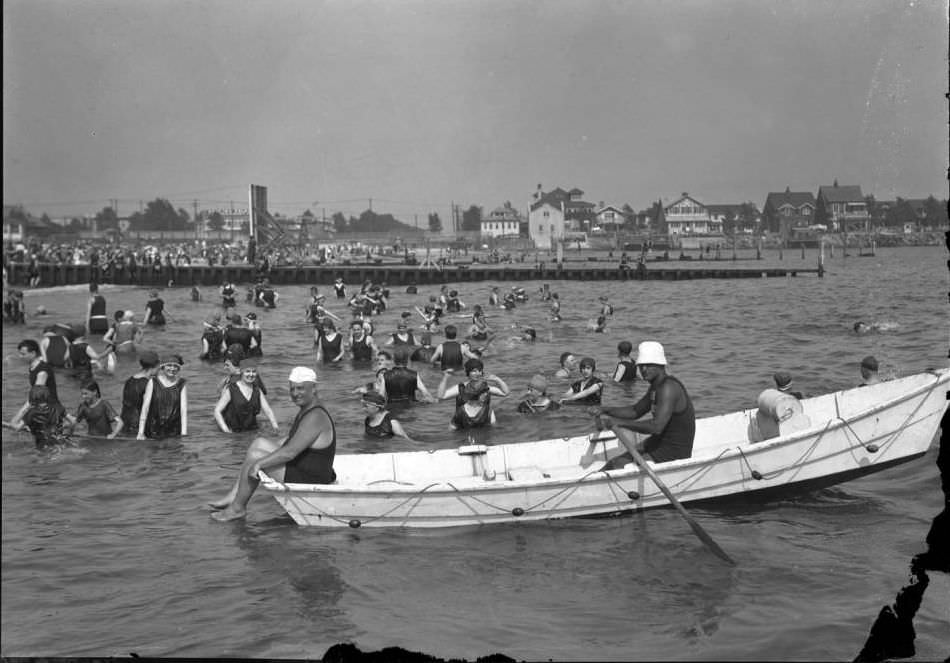
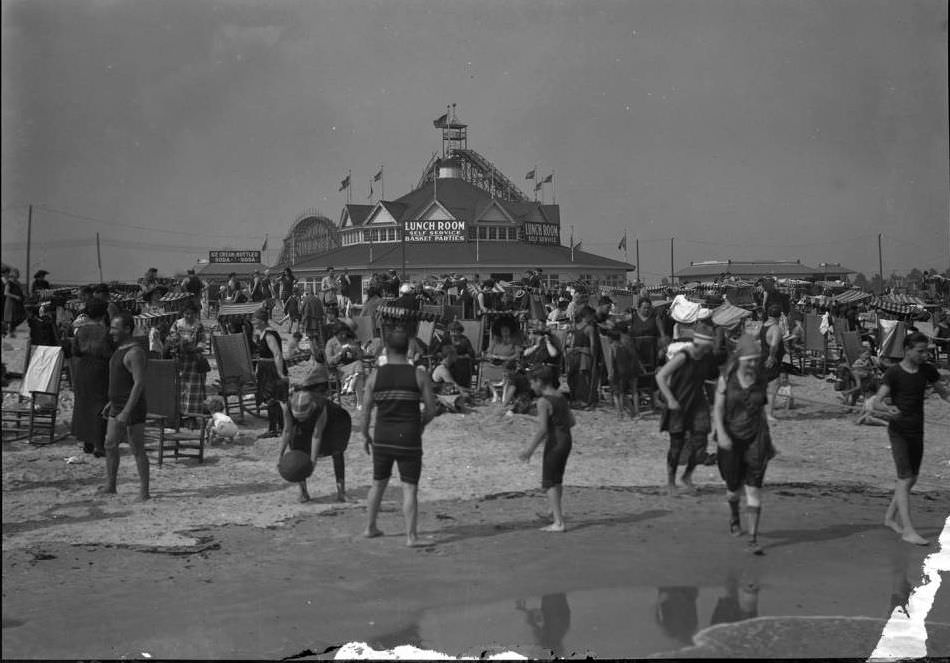
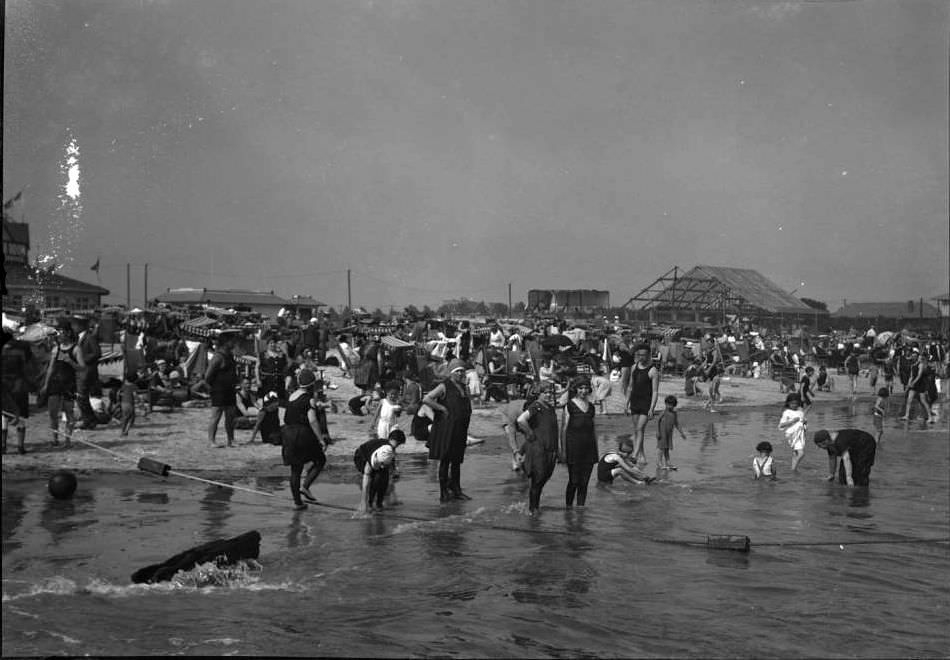
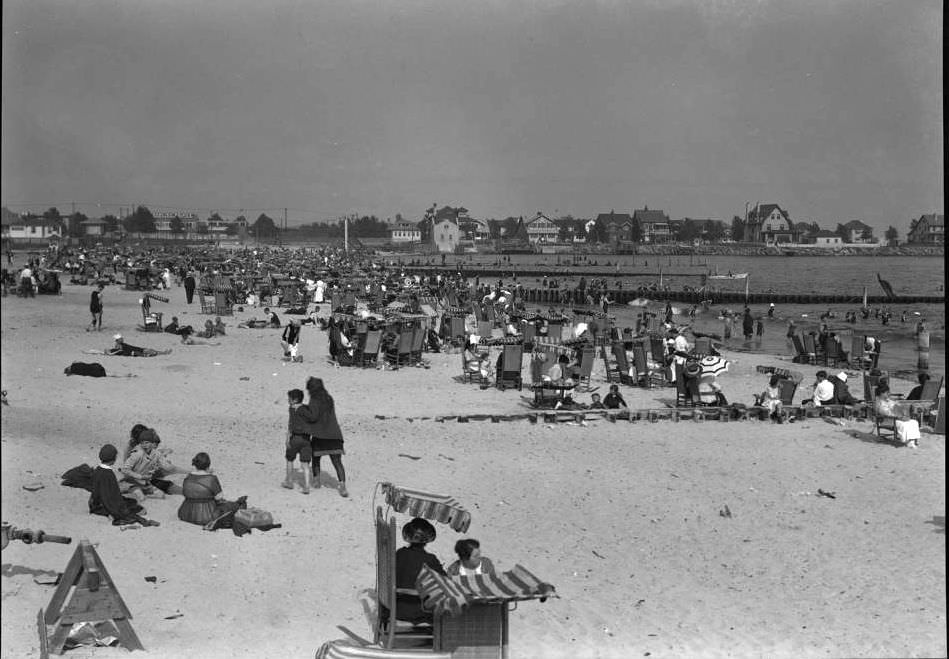
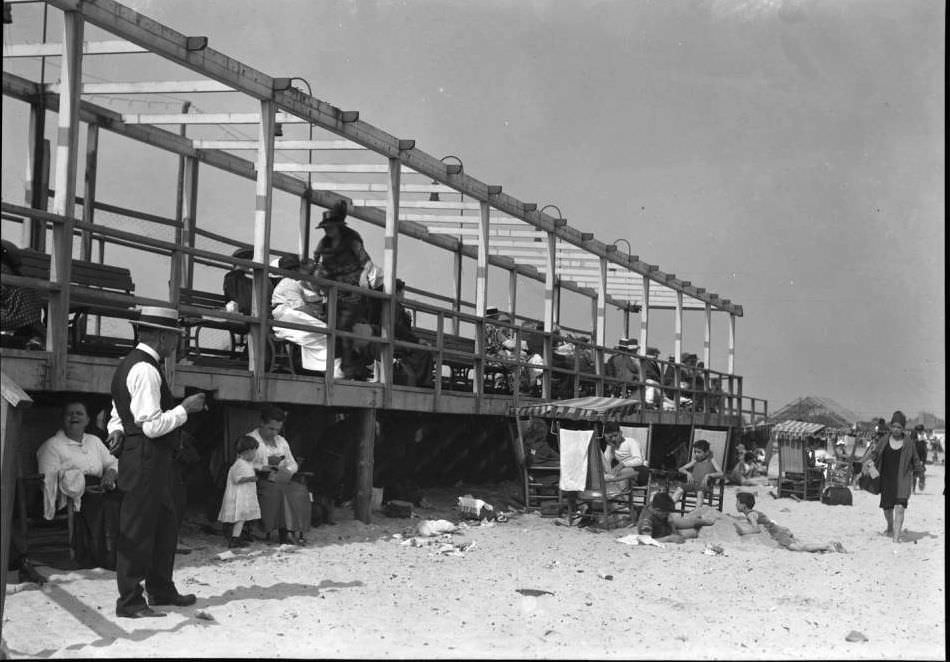
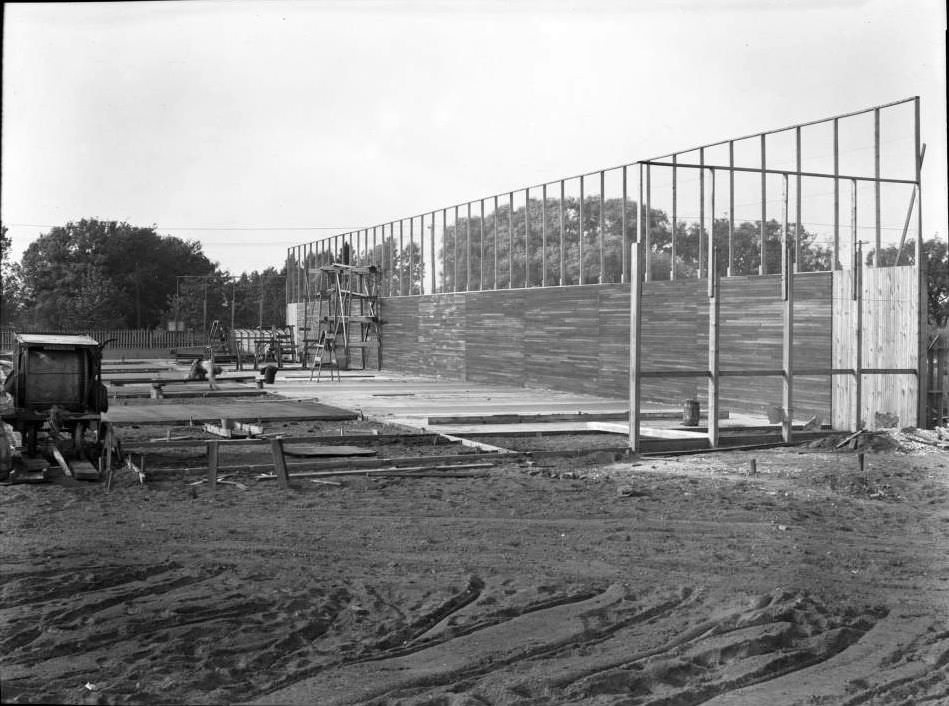
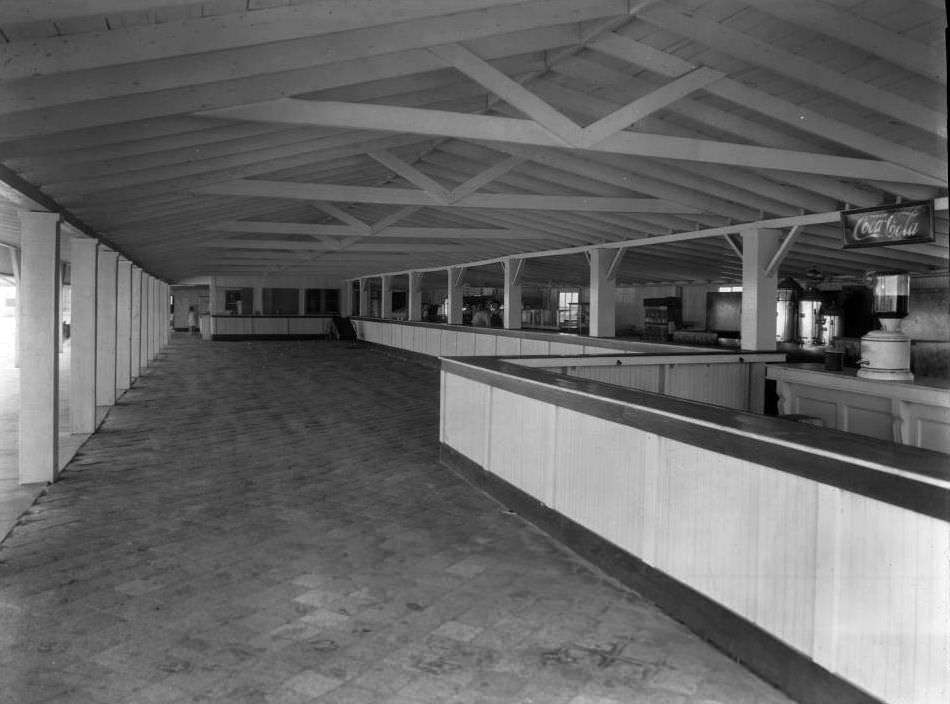
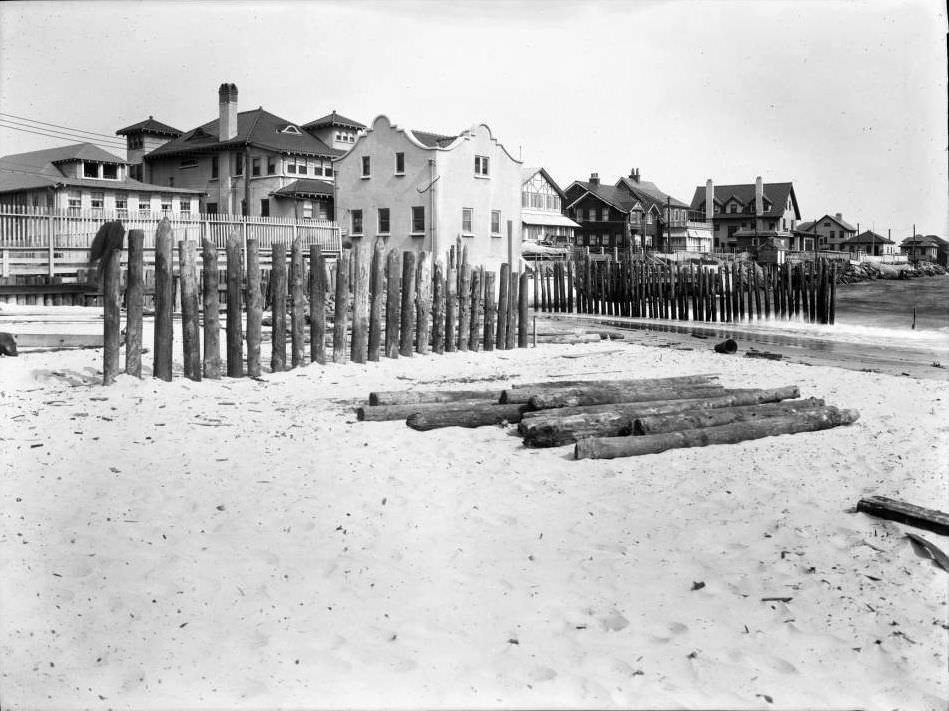
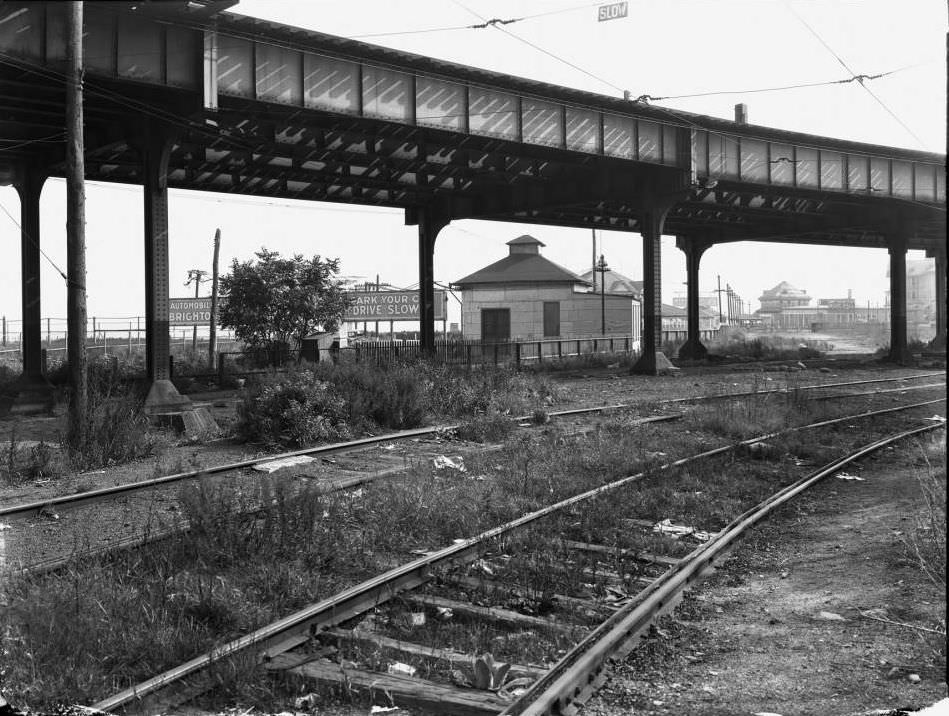
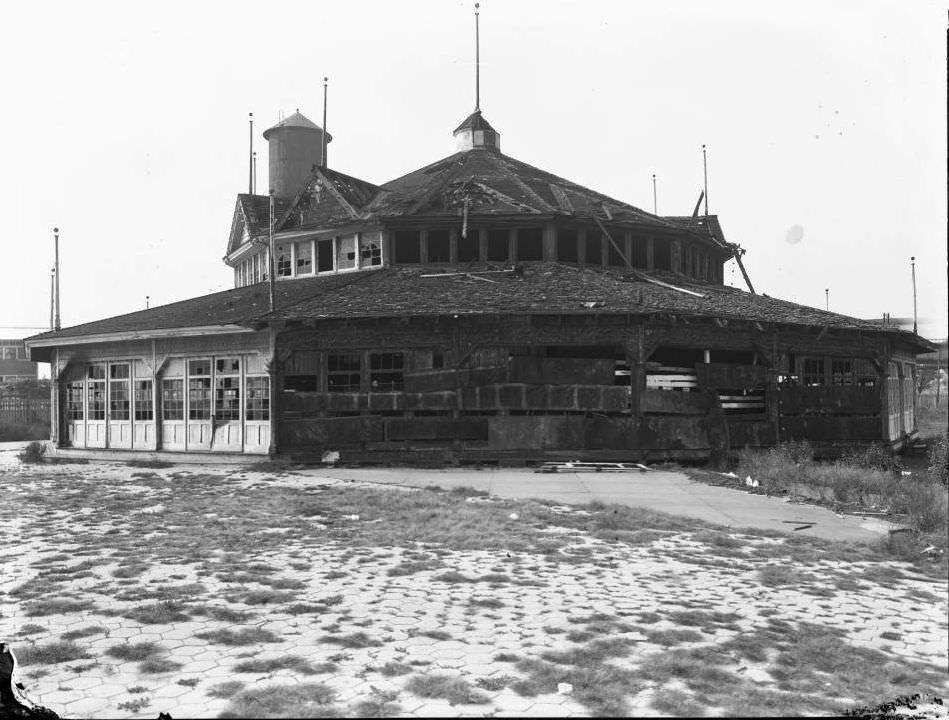
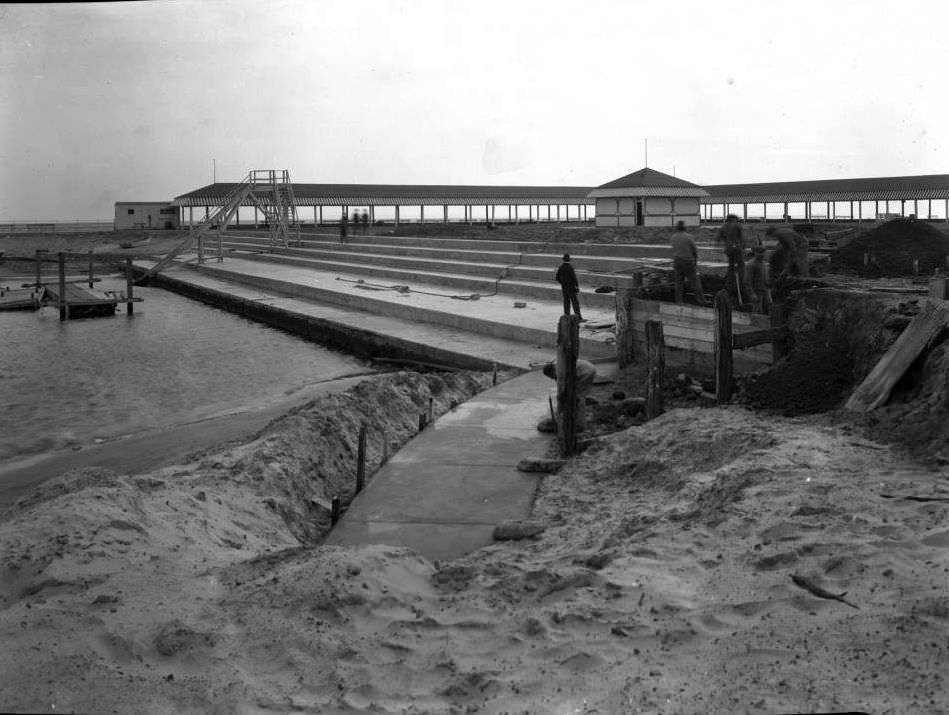
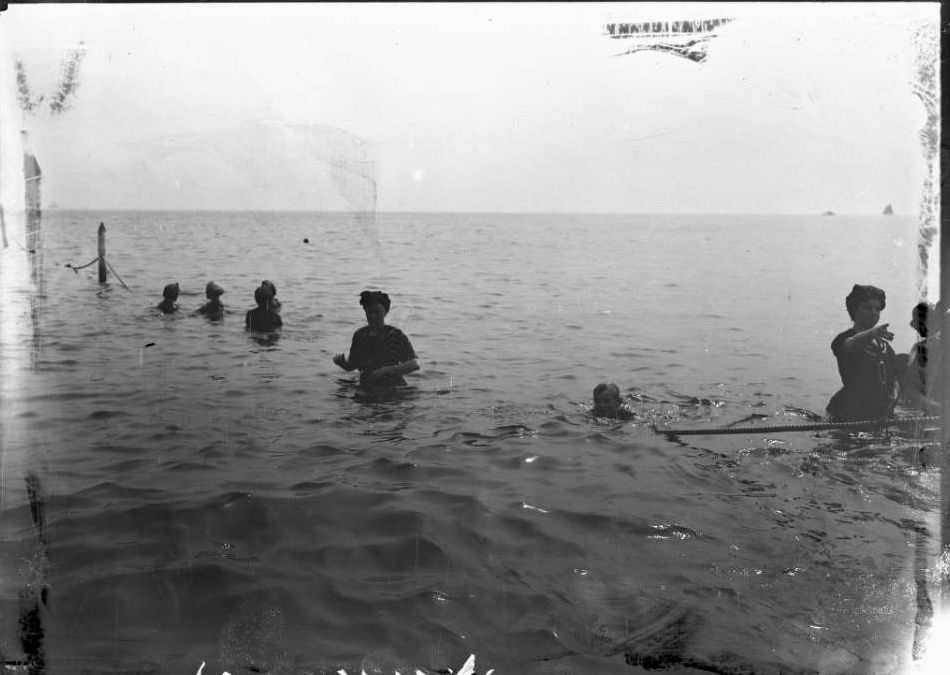
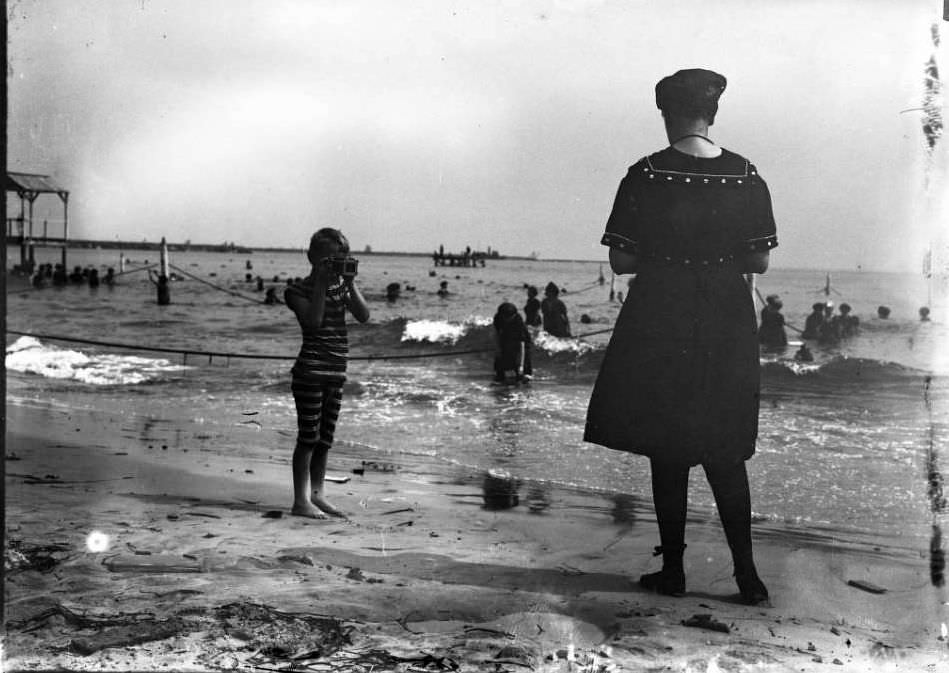
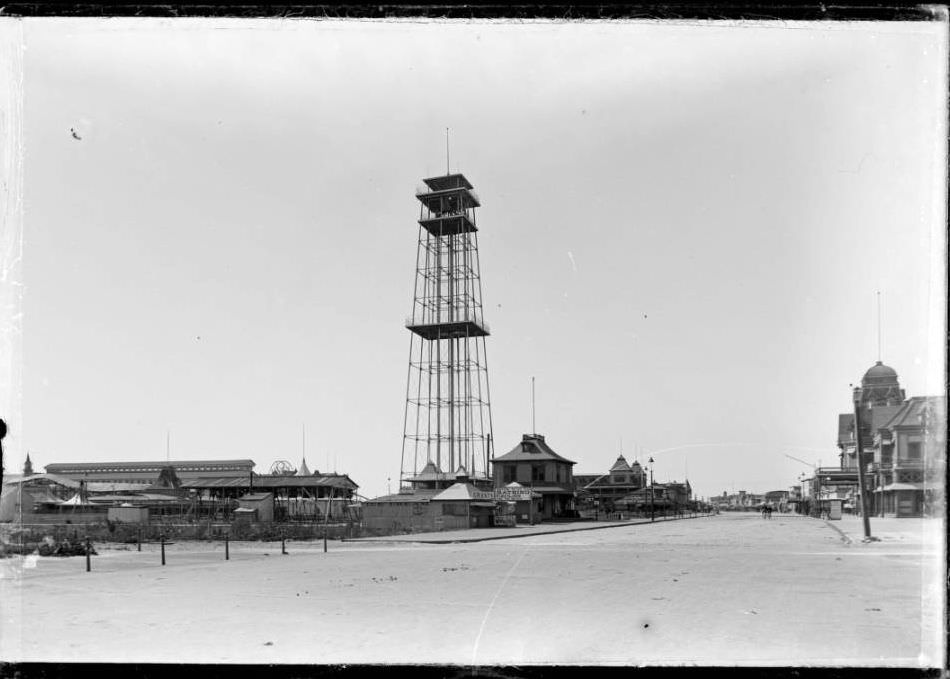
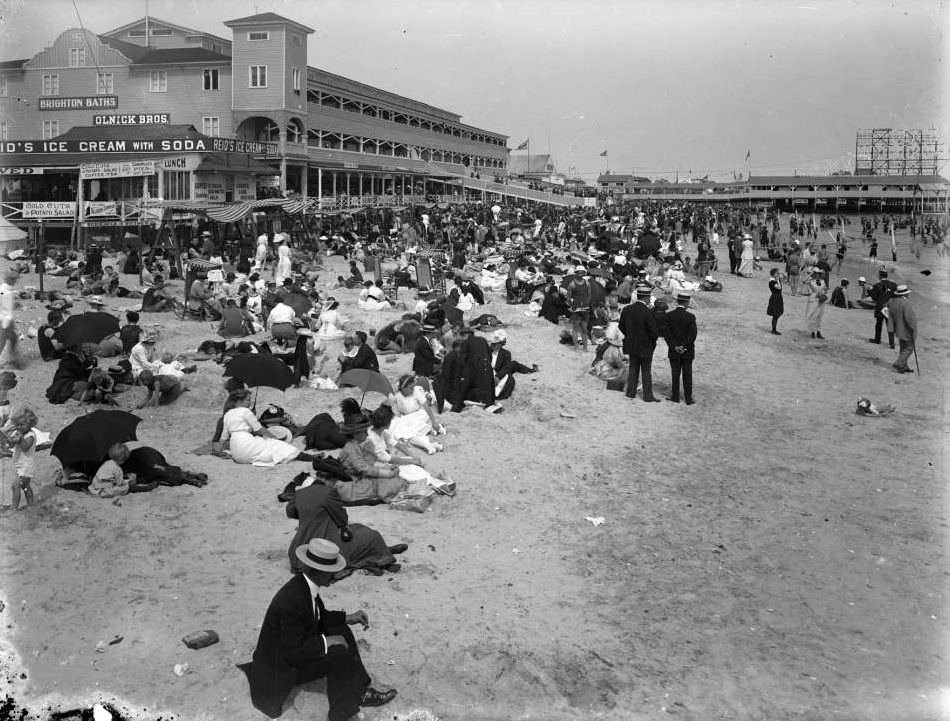

GIPHY App Key not set. Please check settings